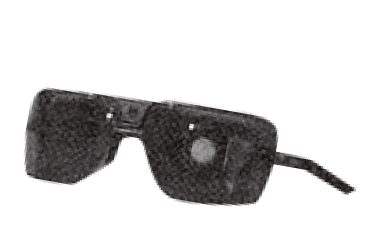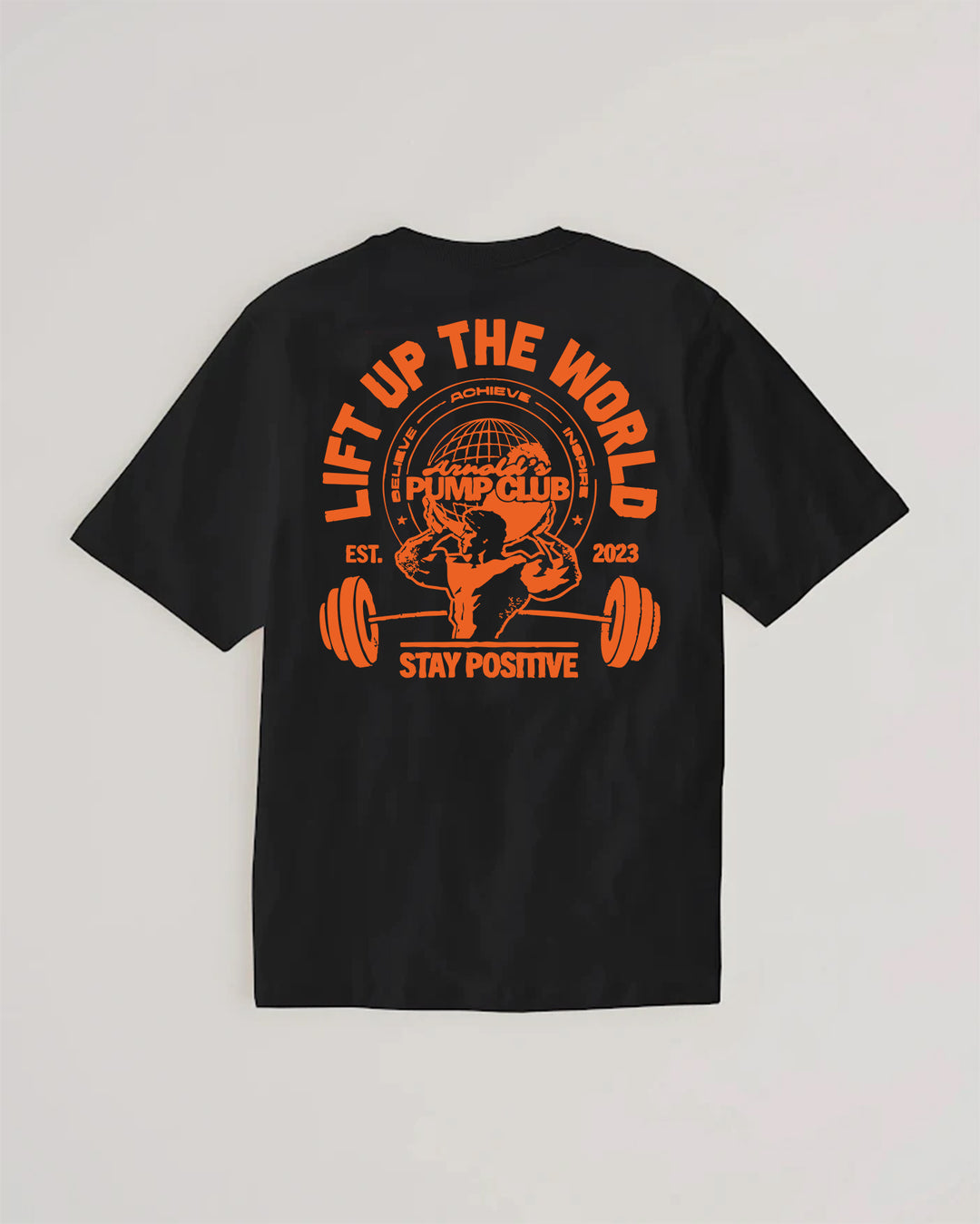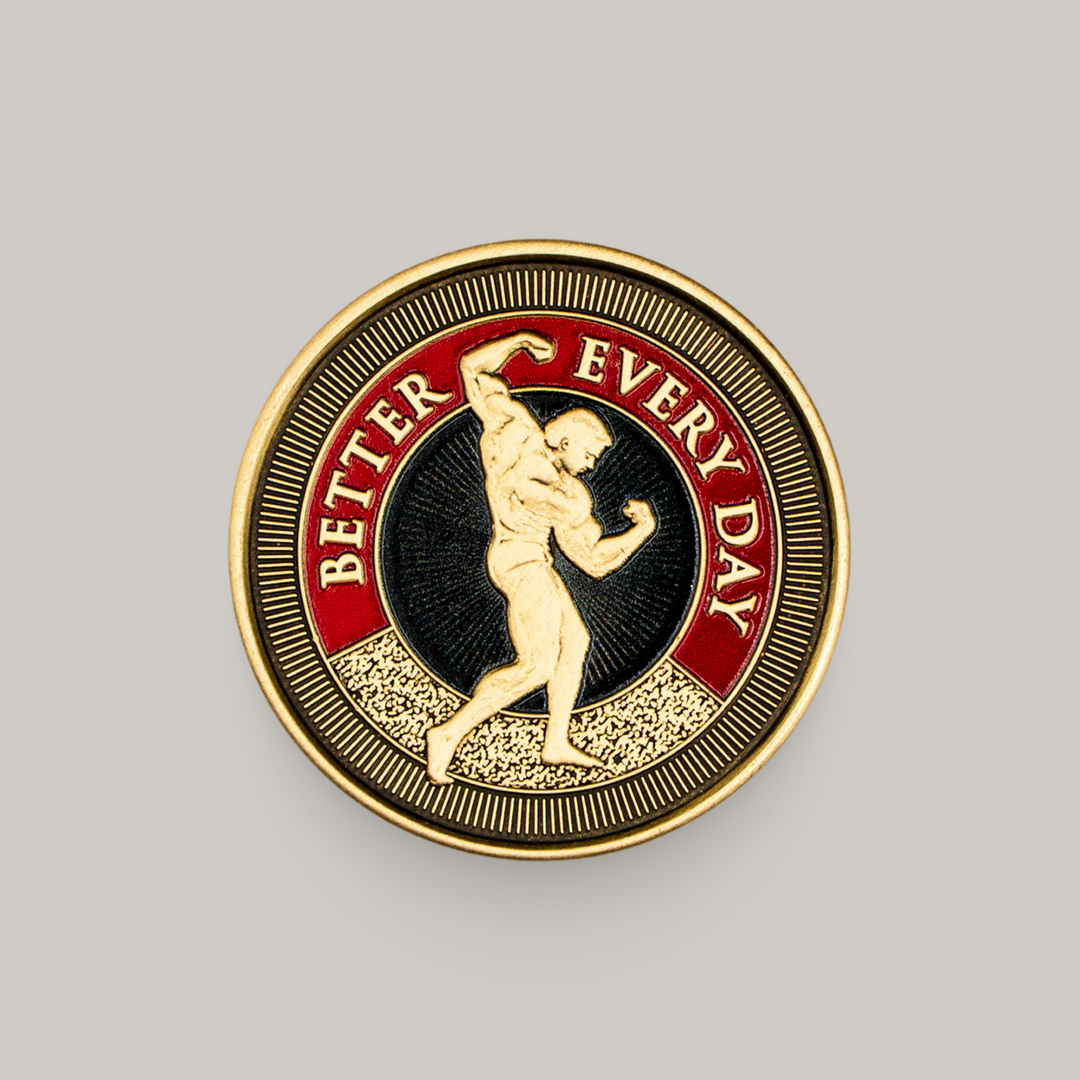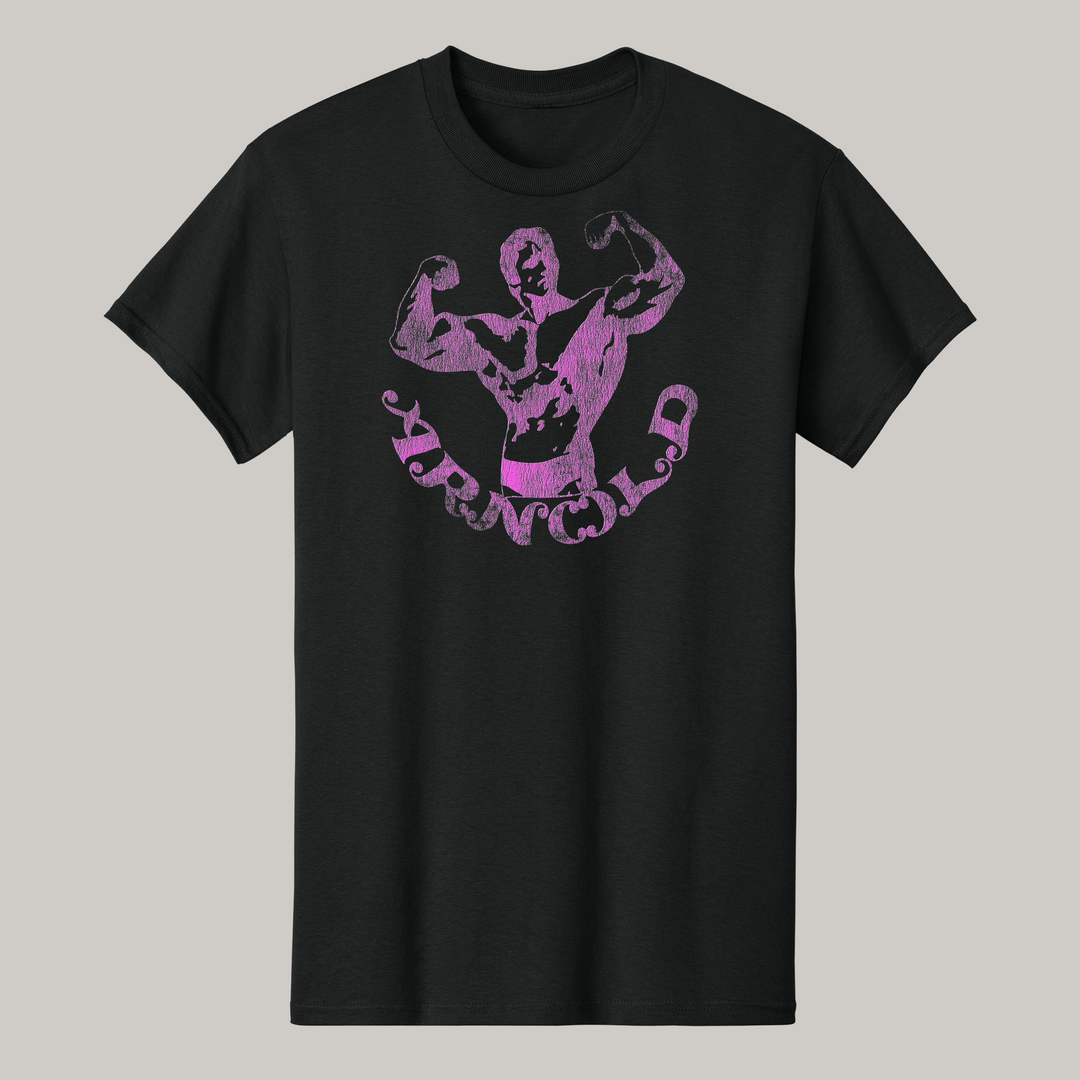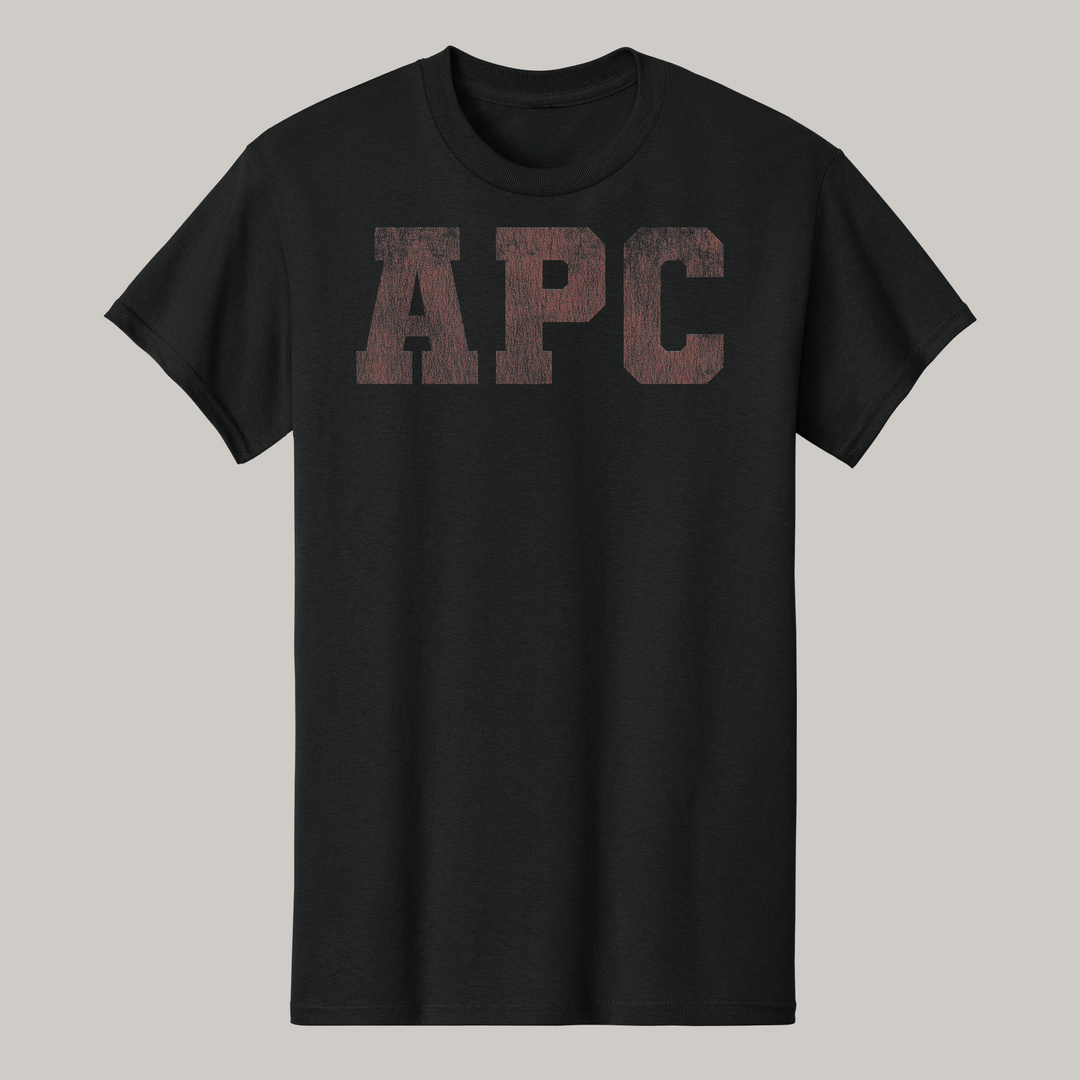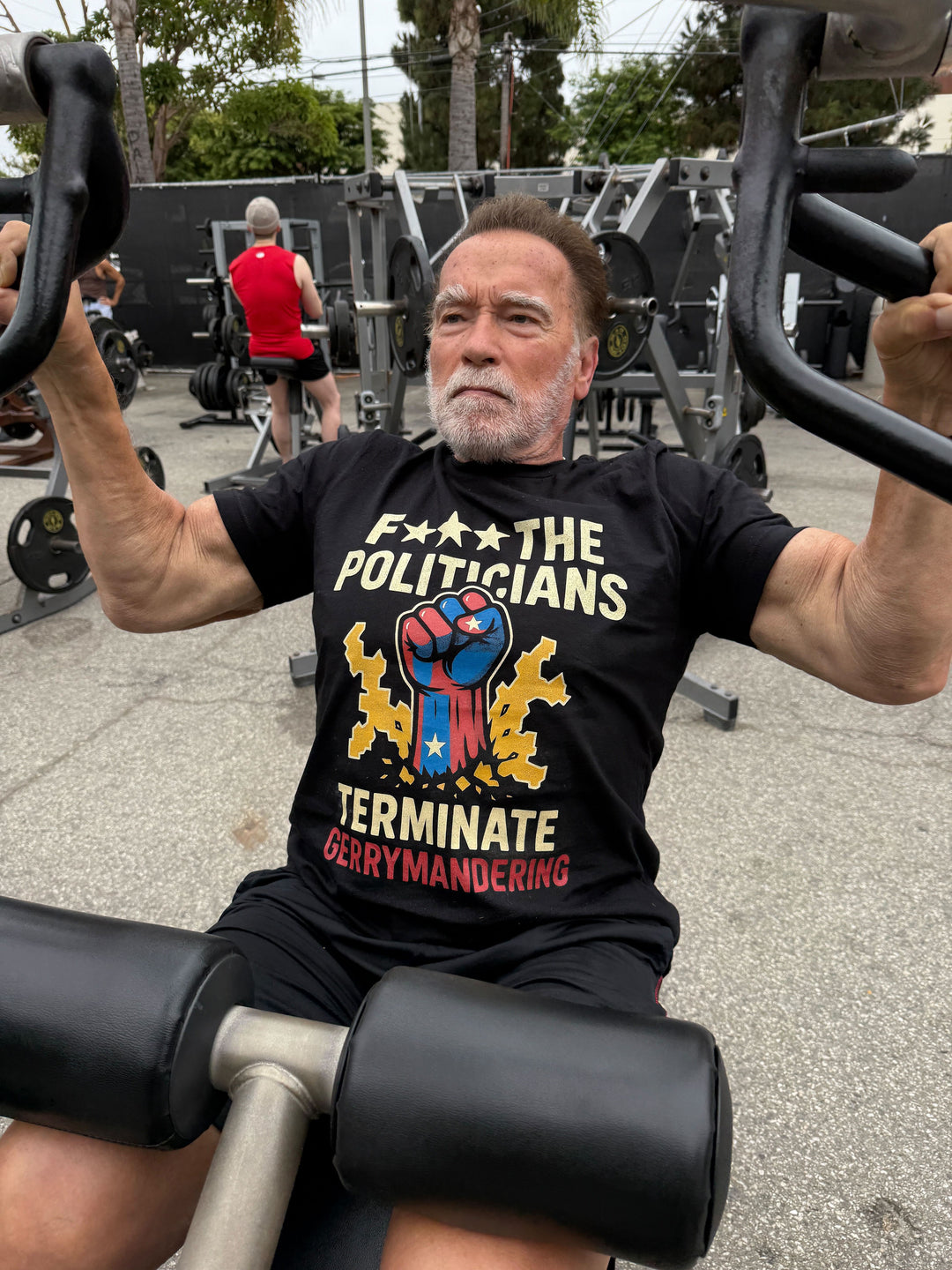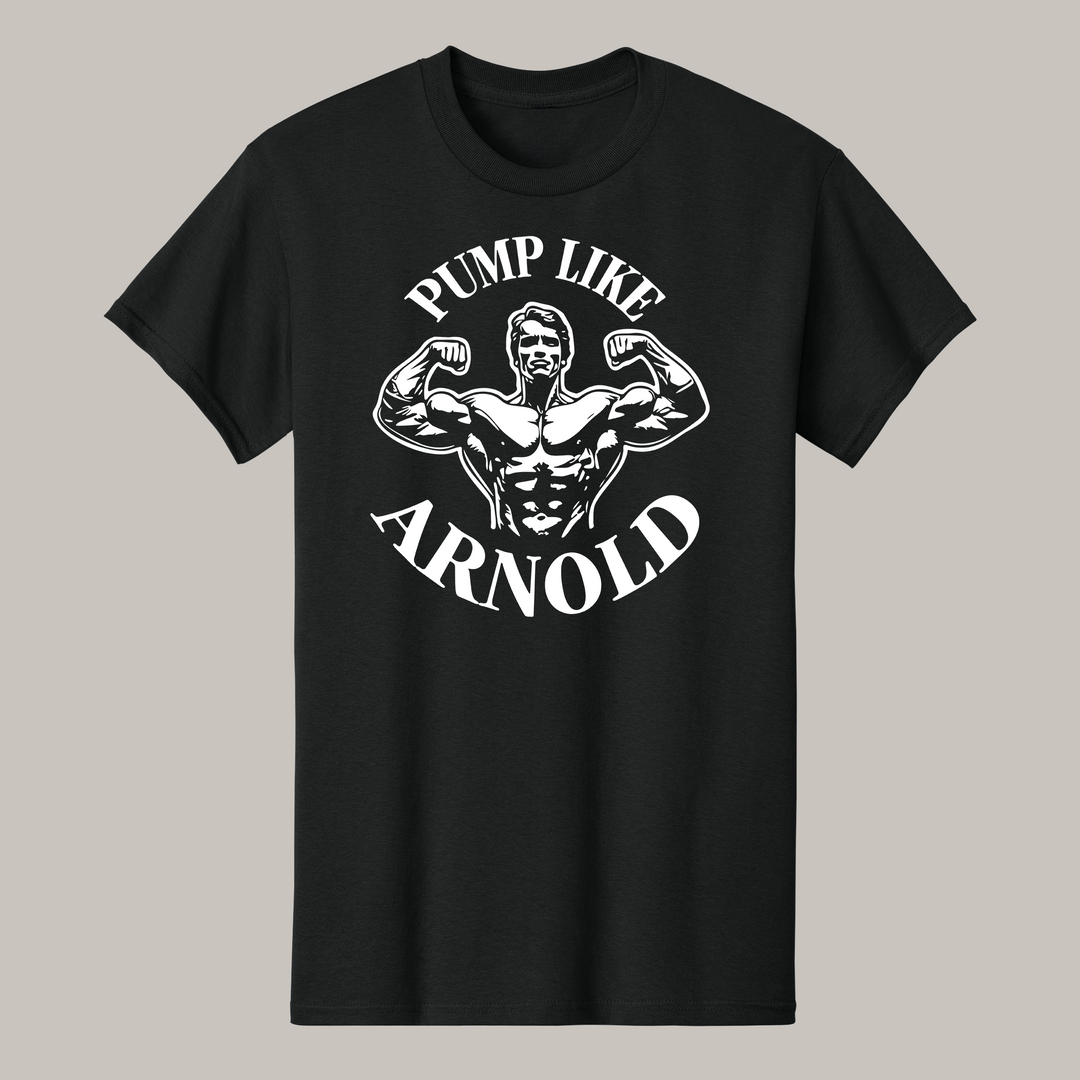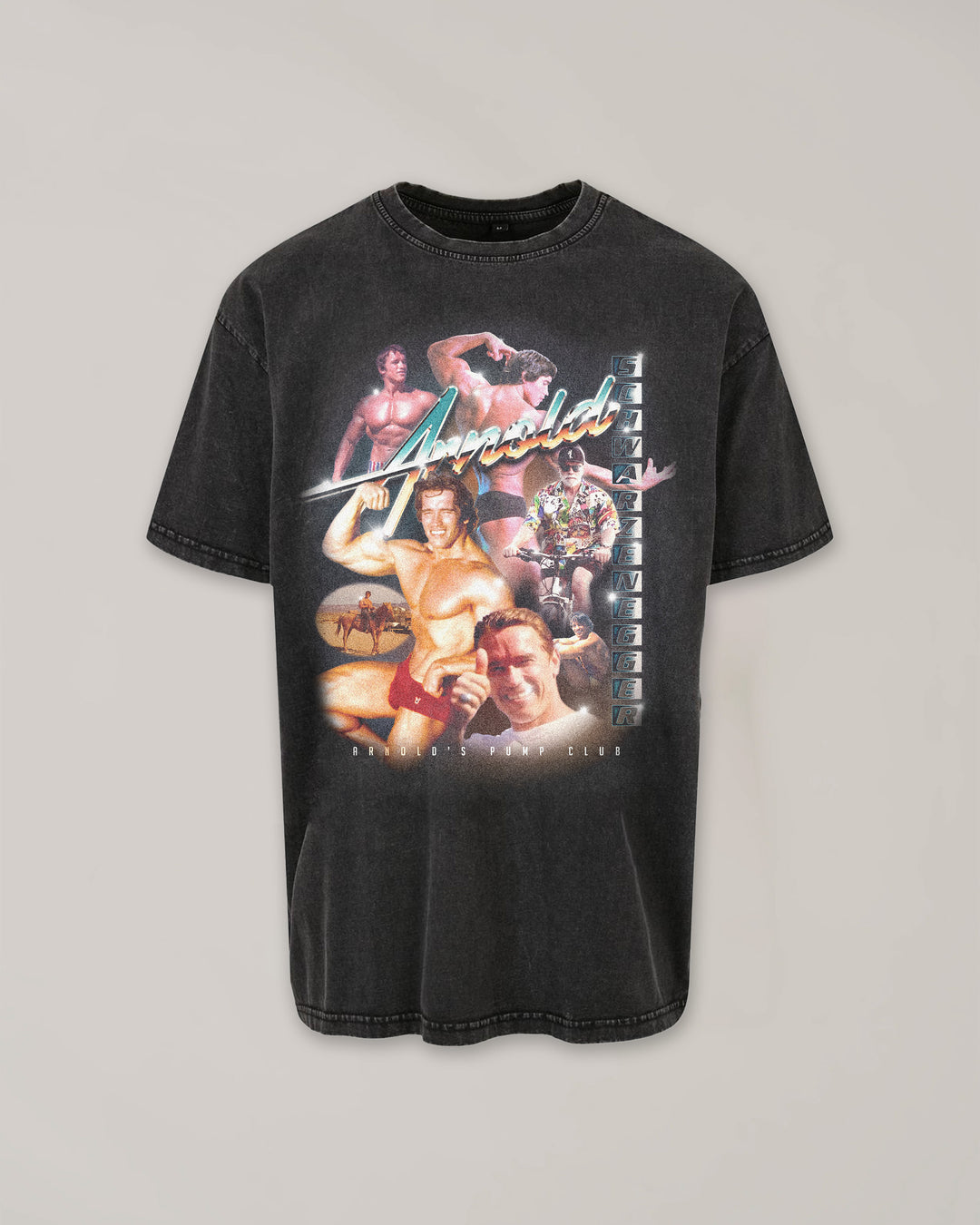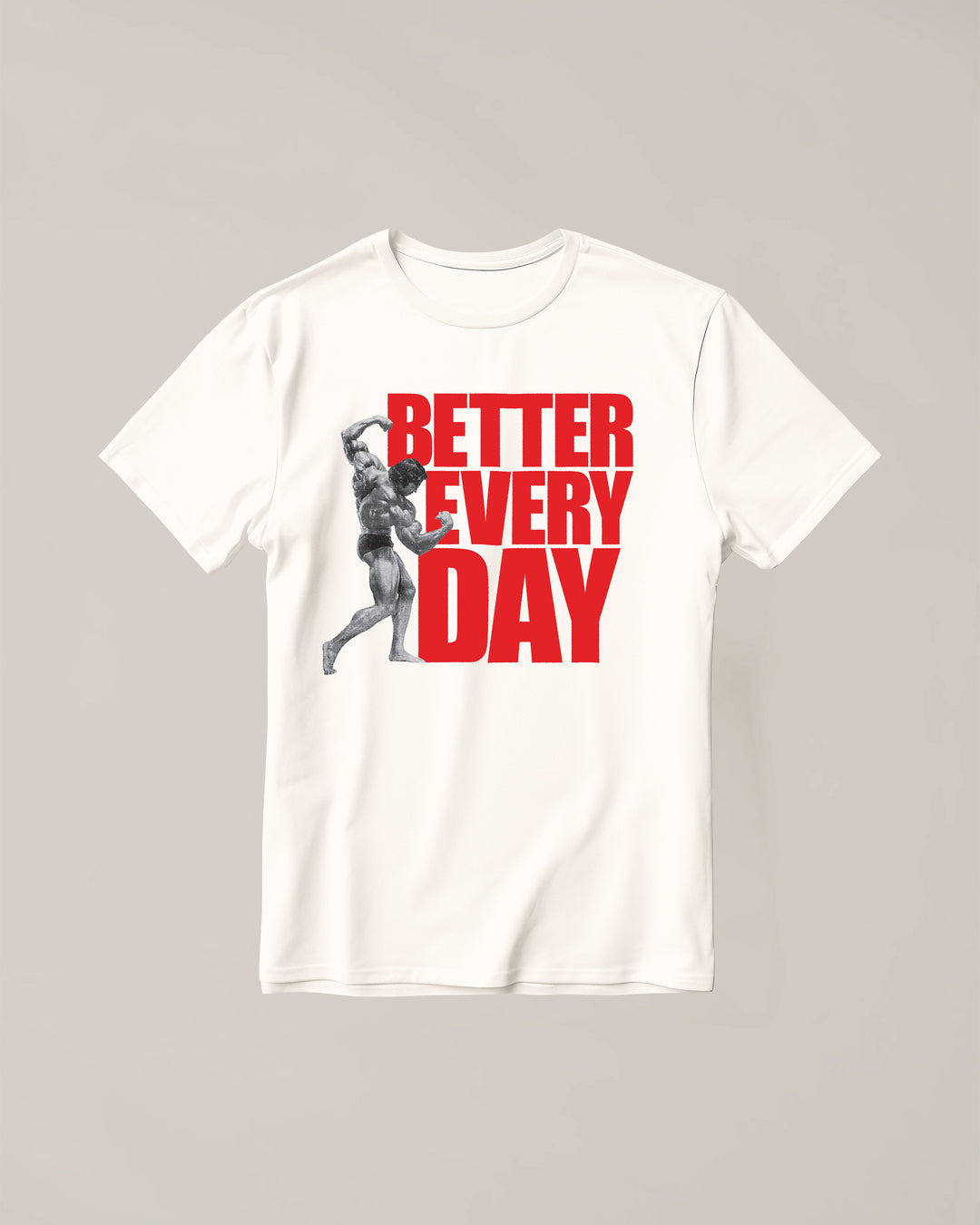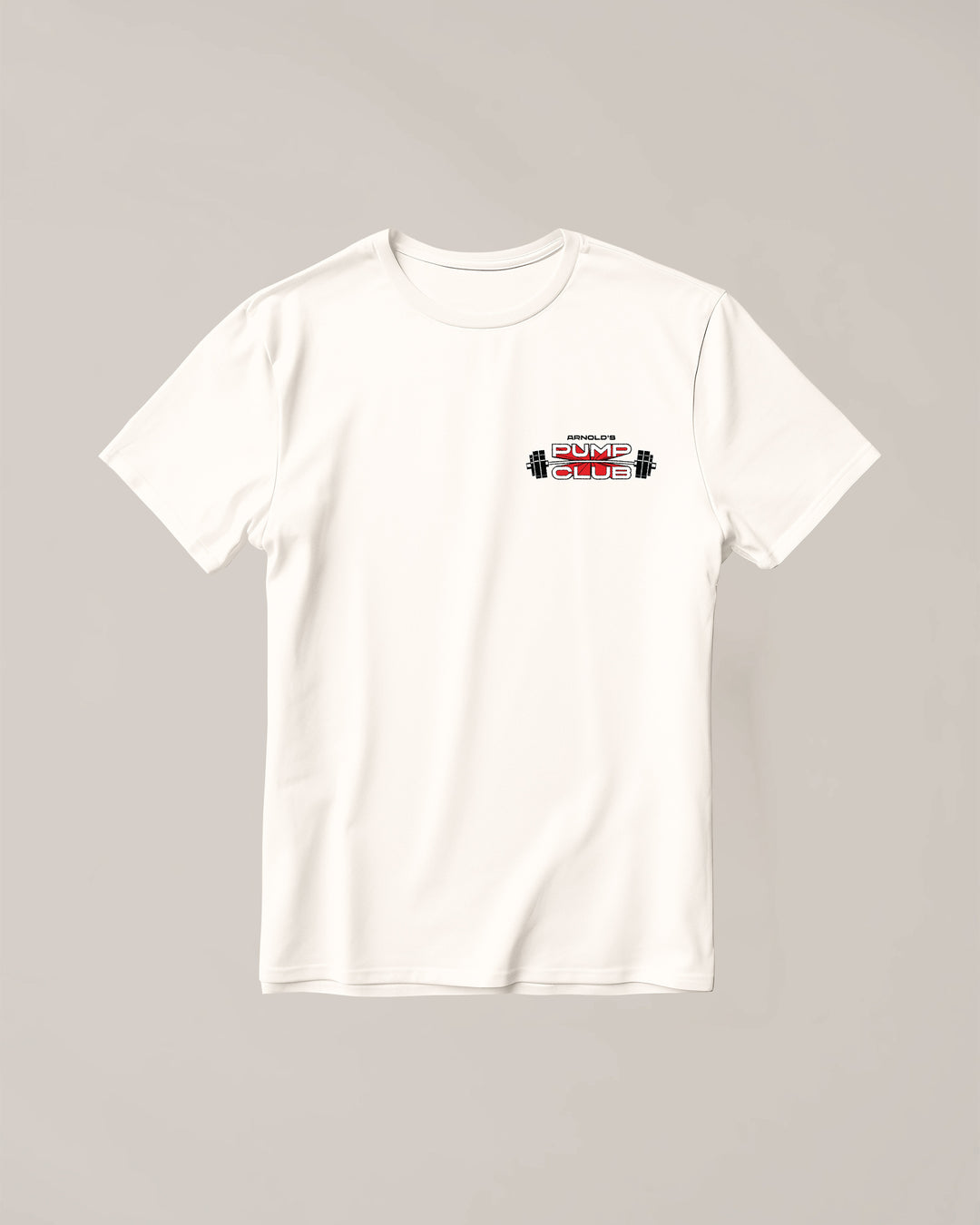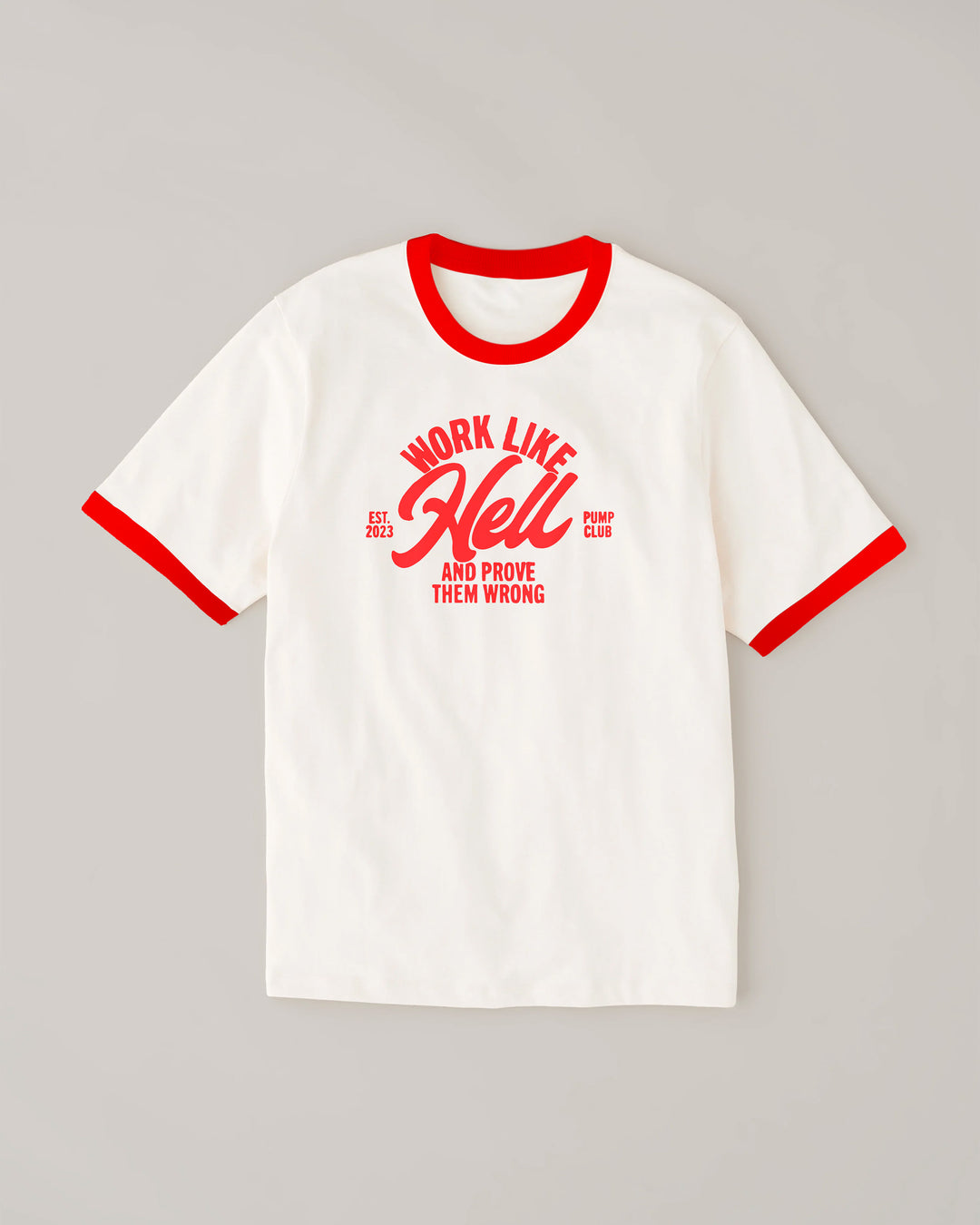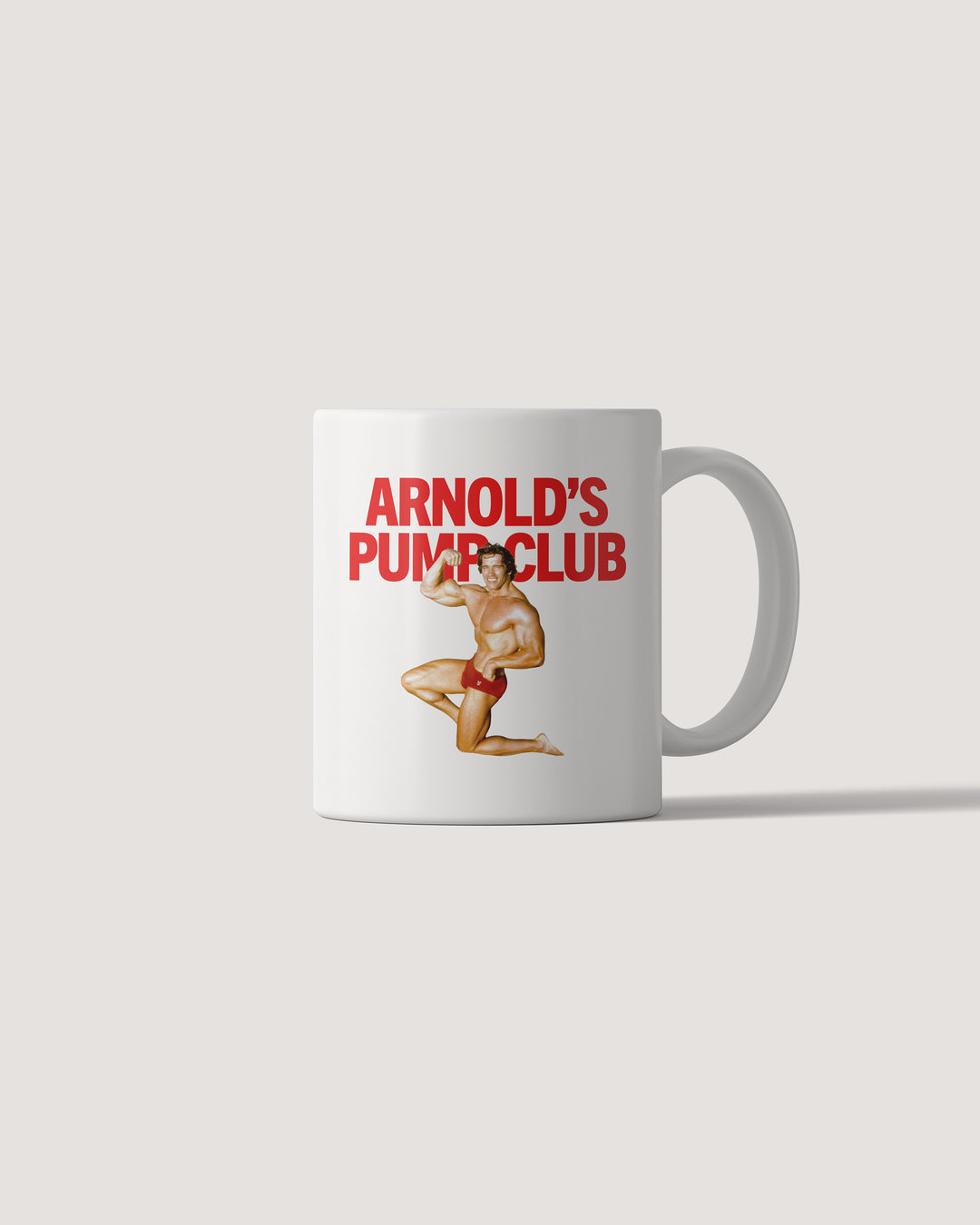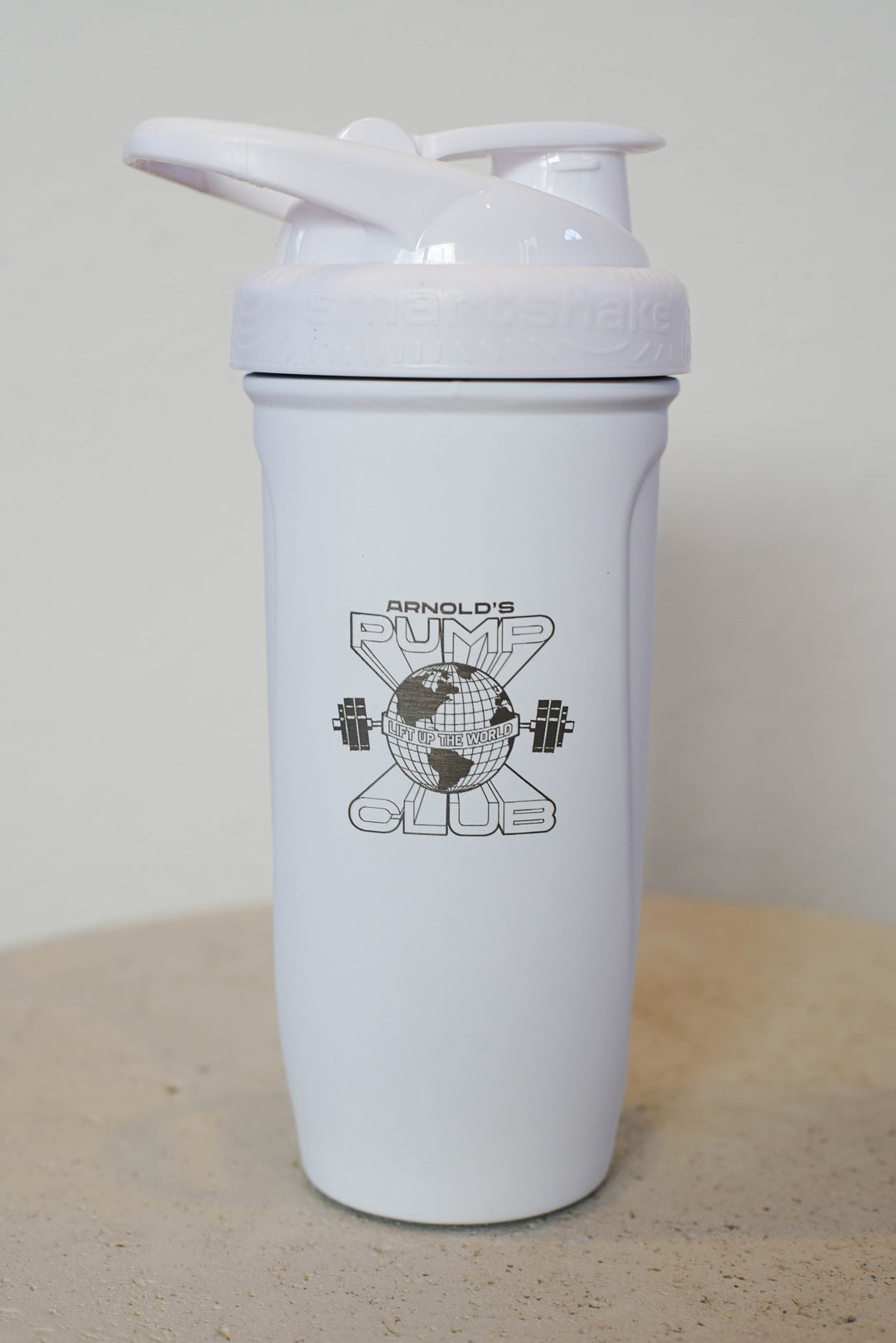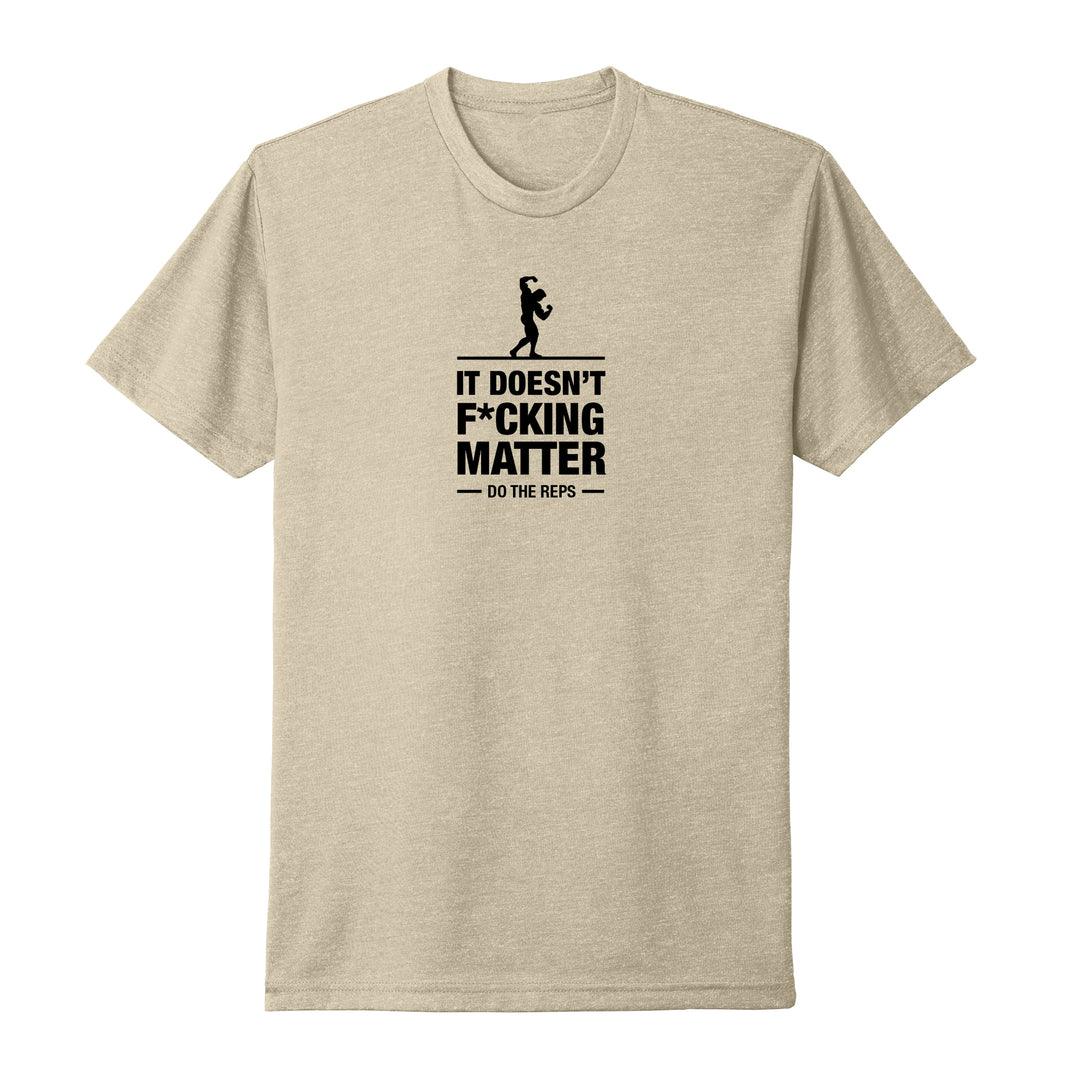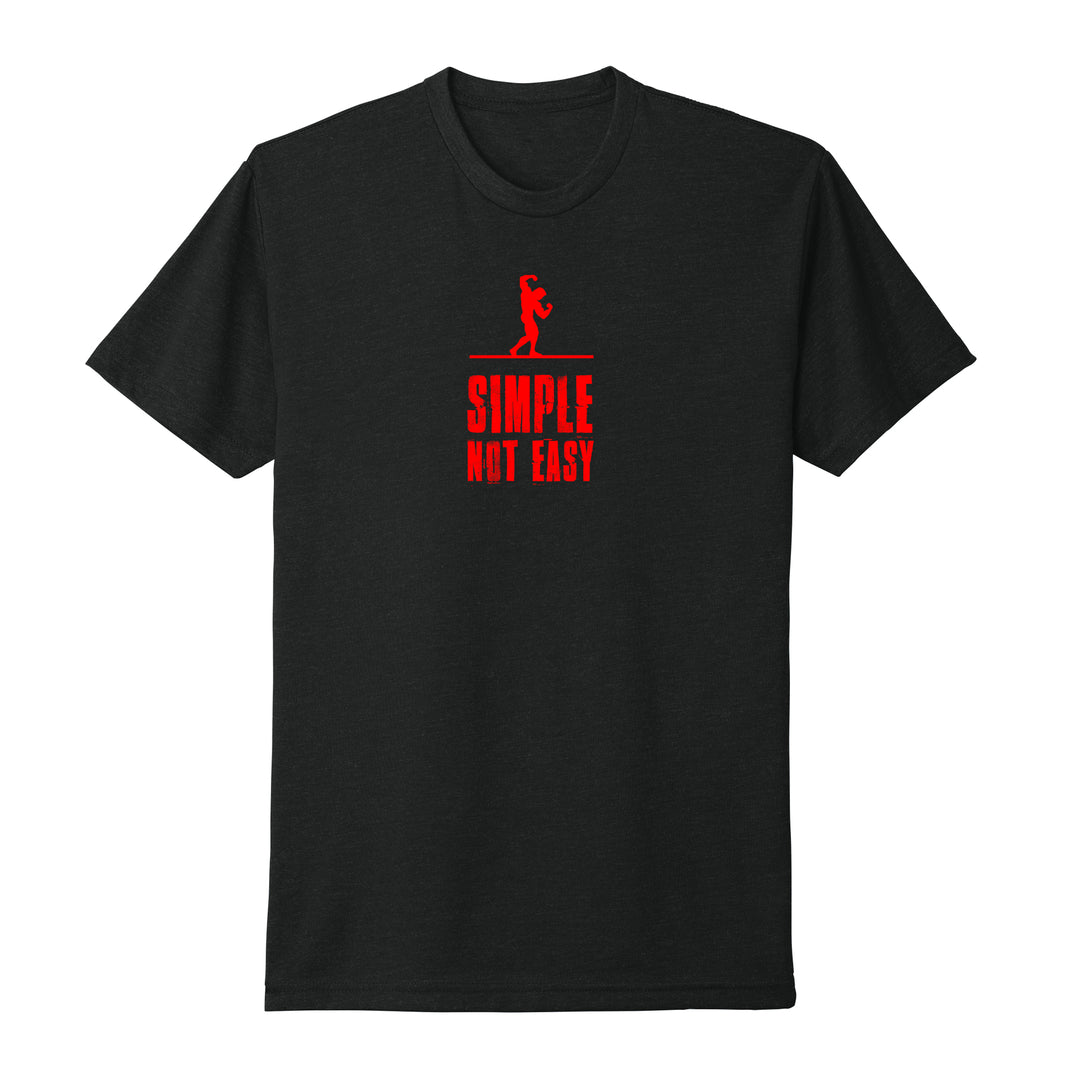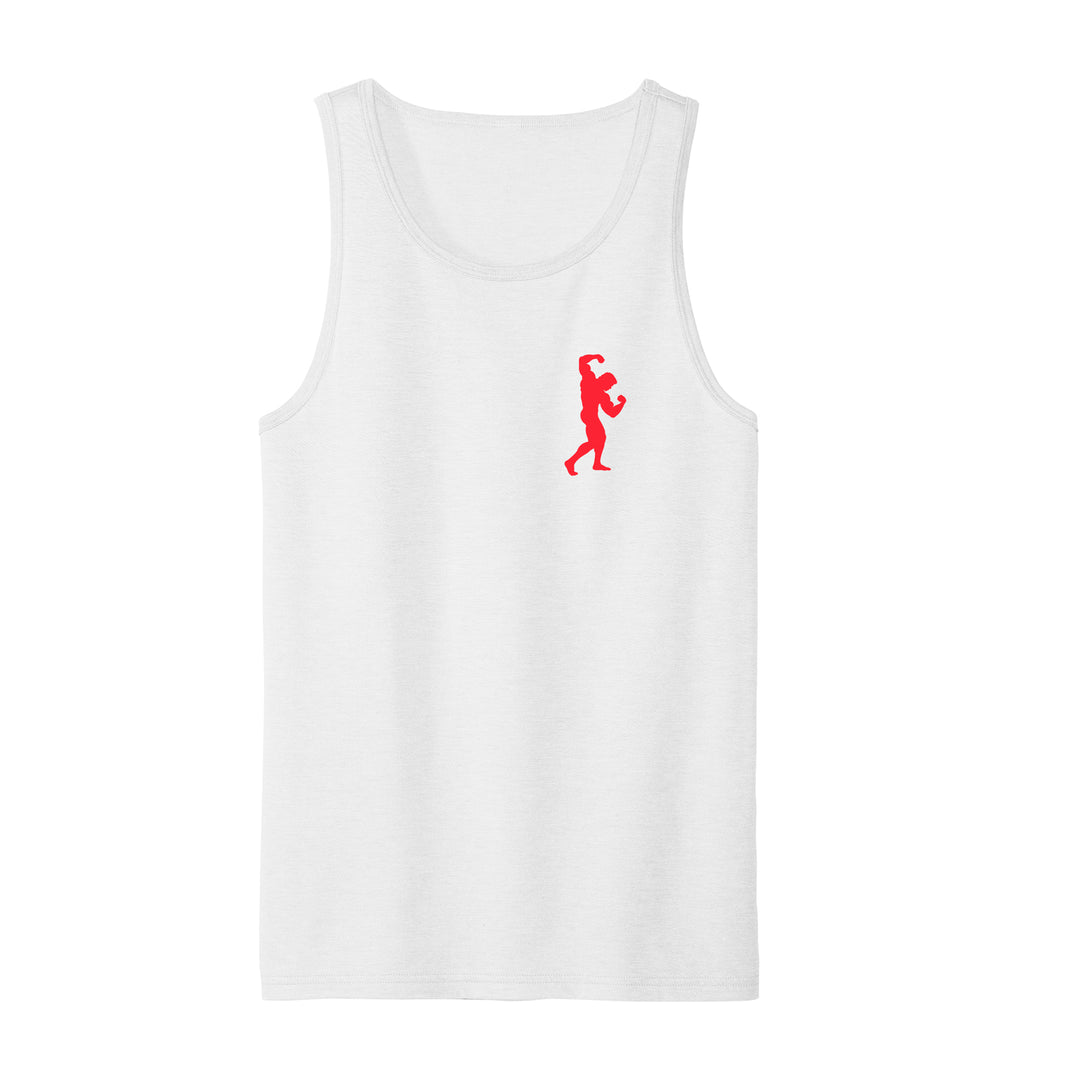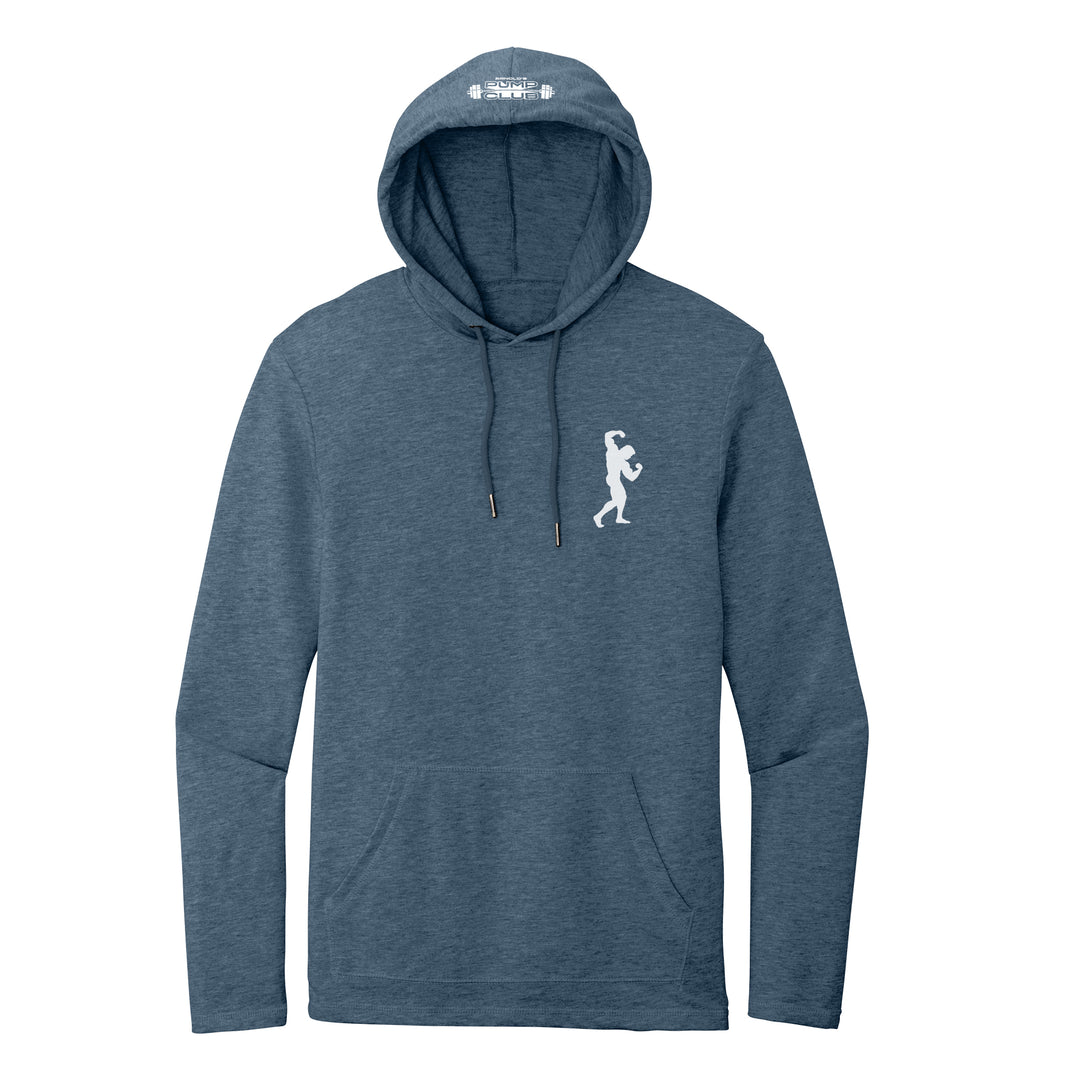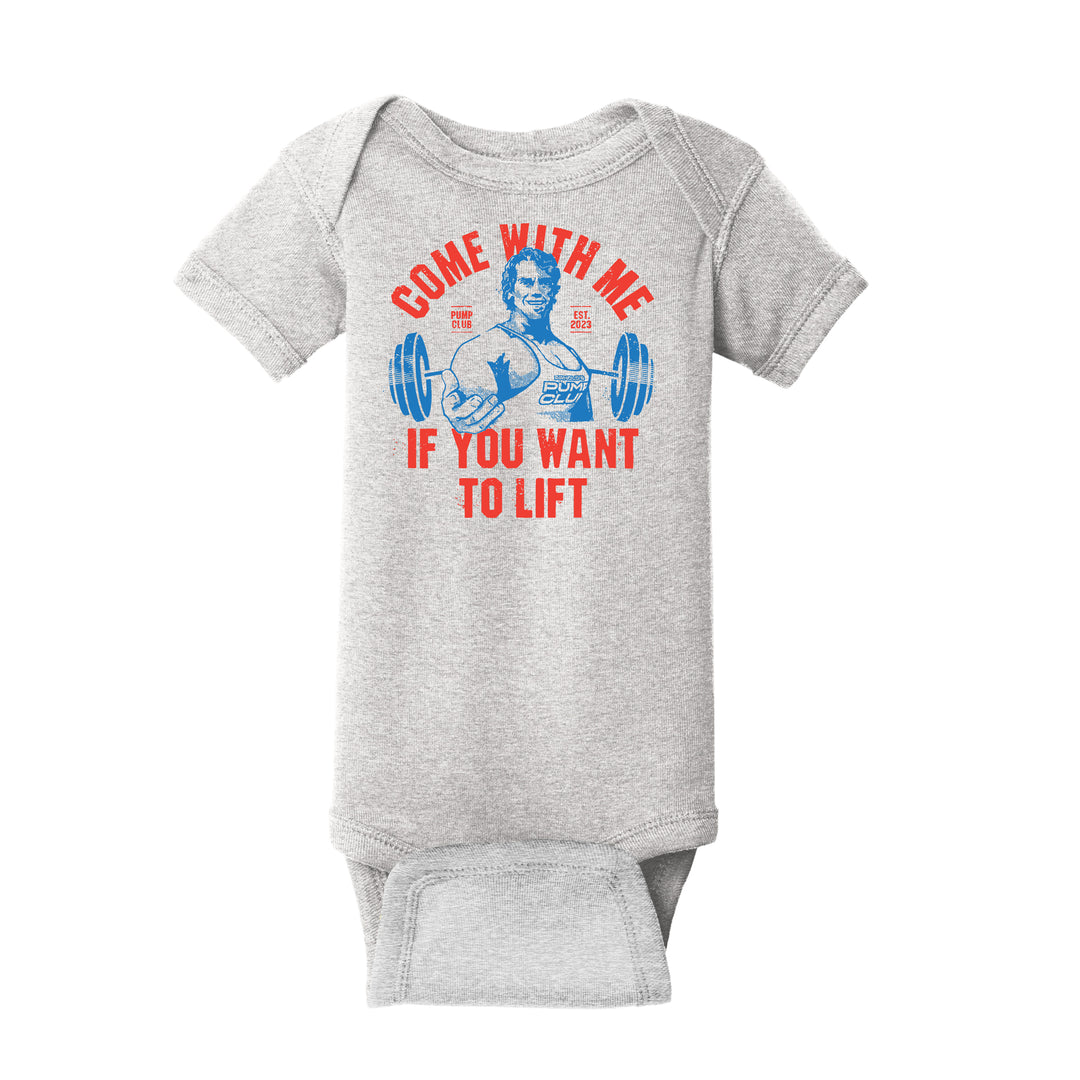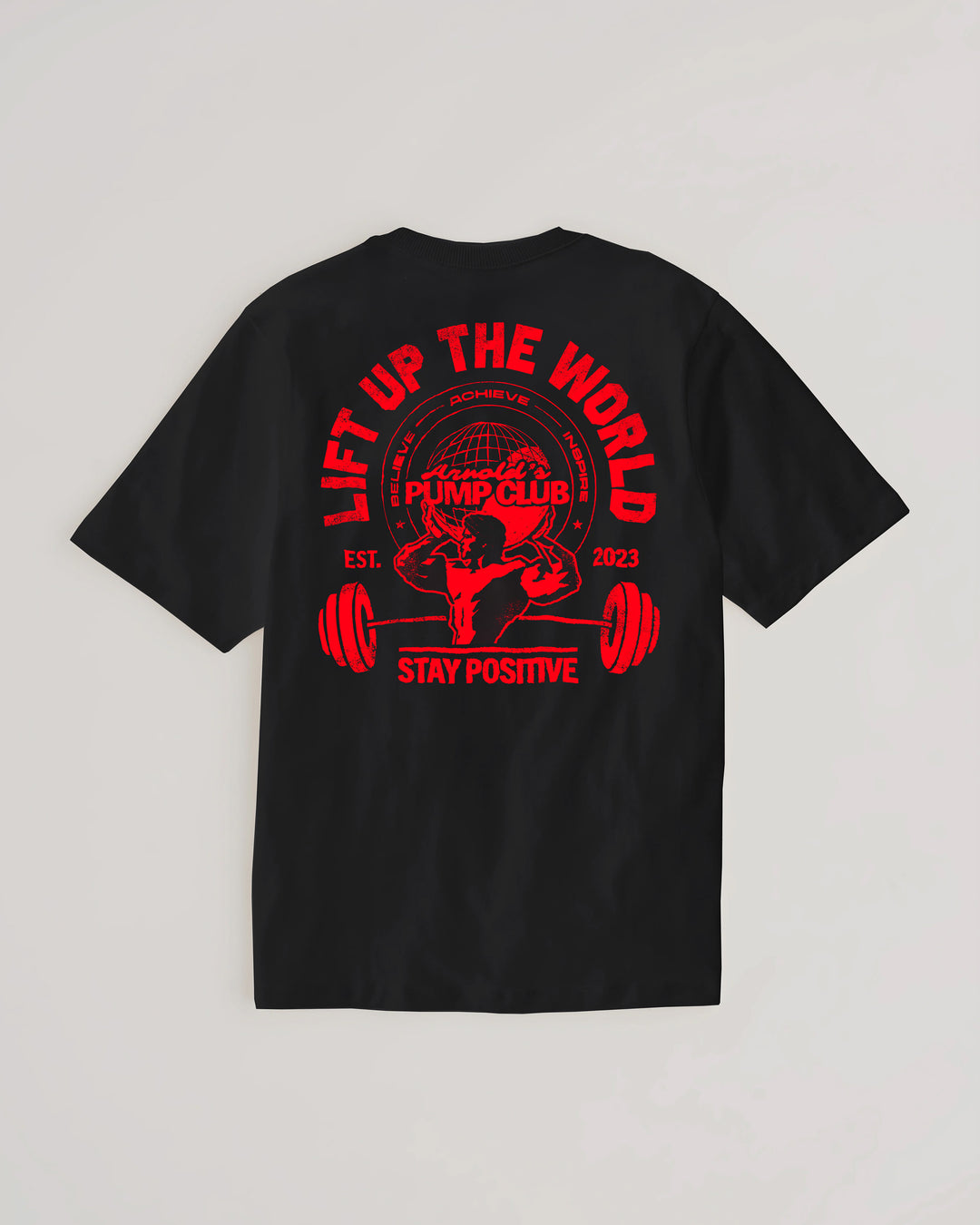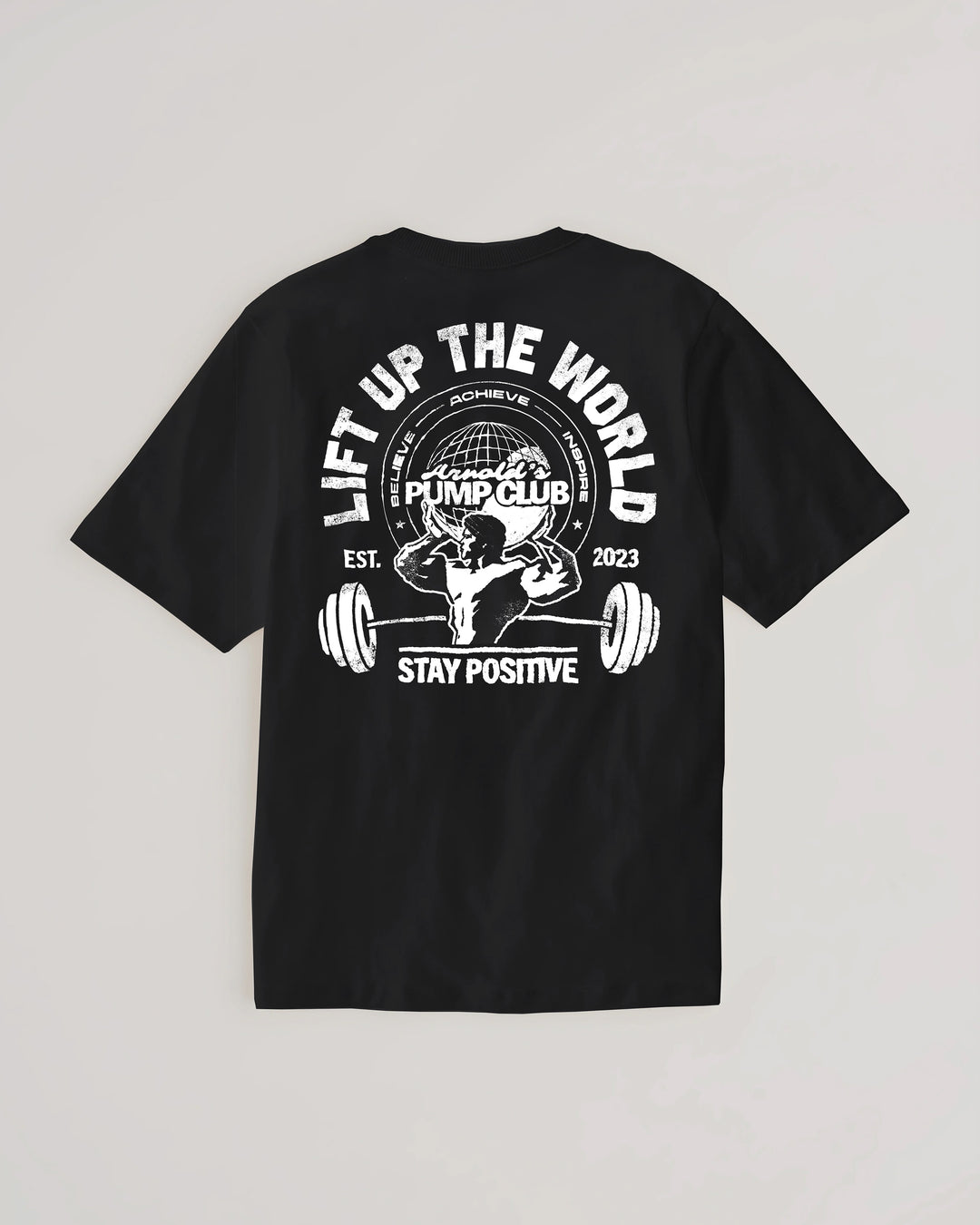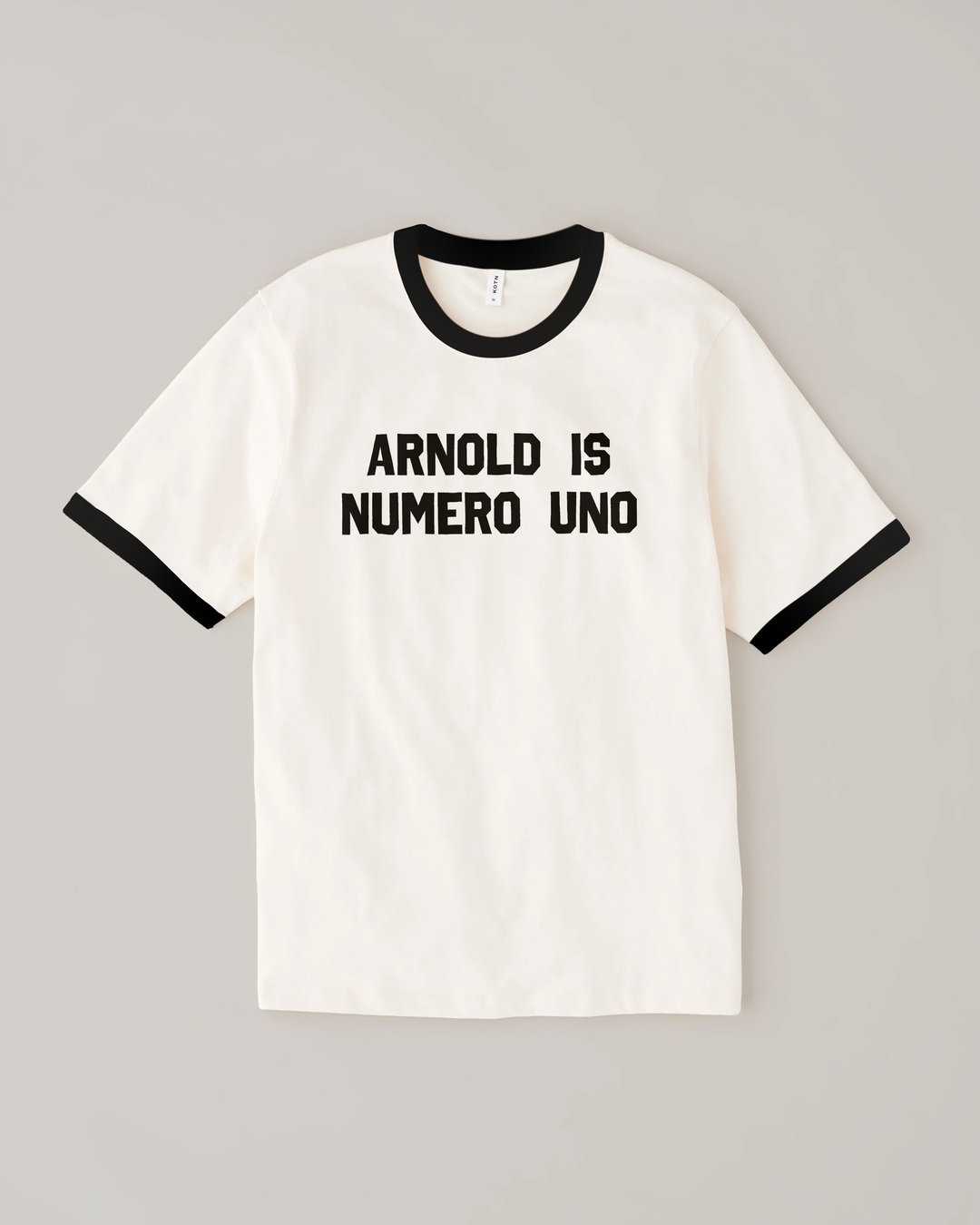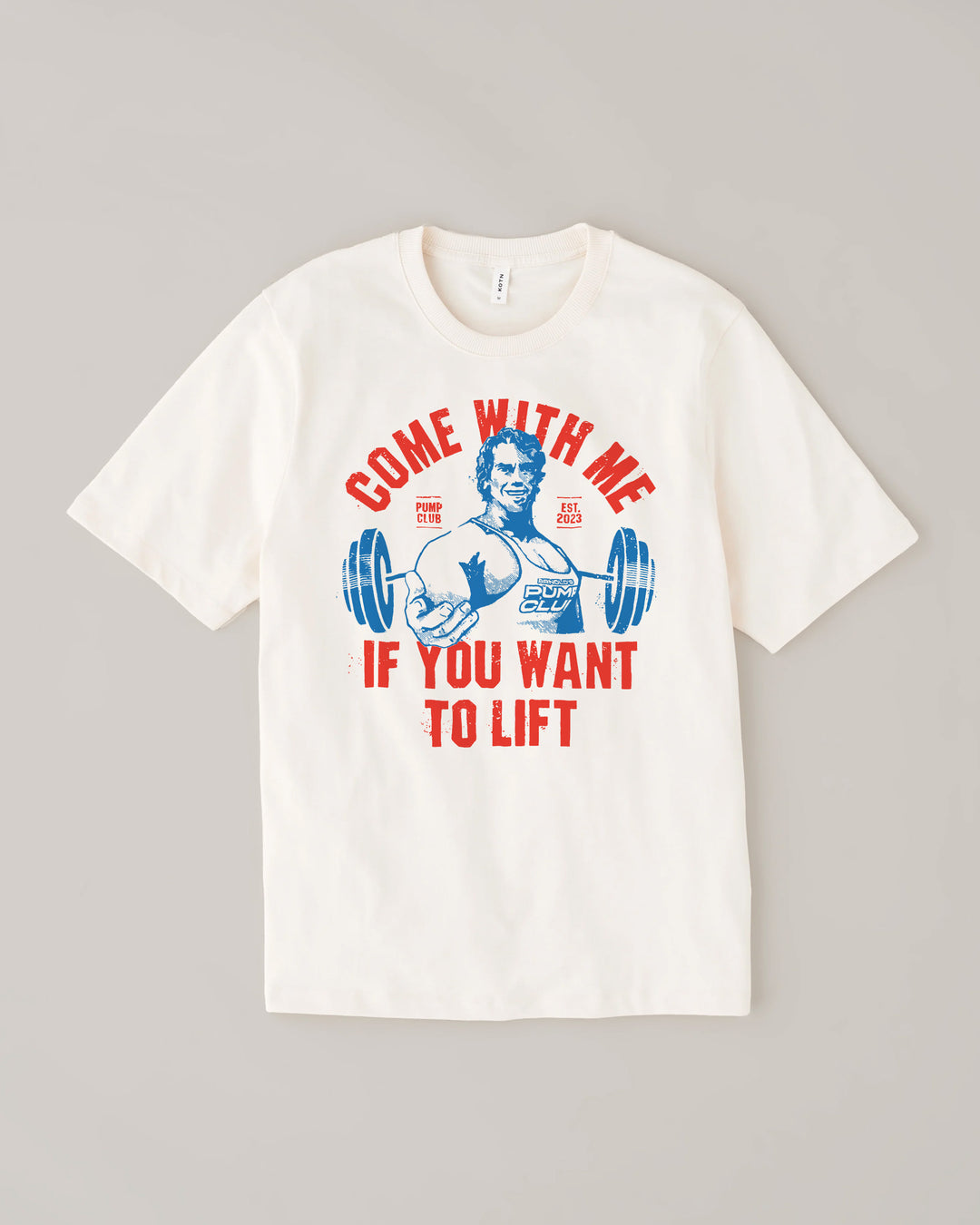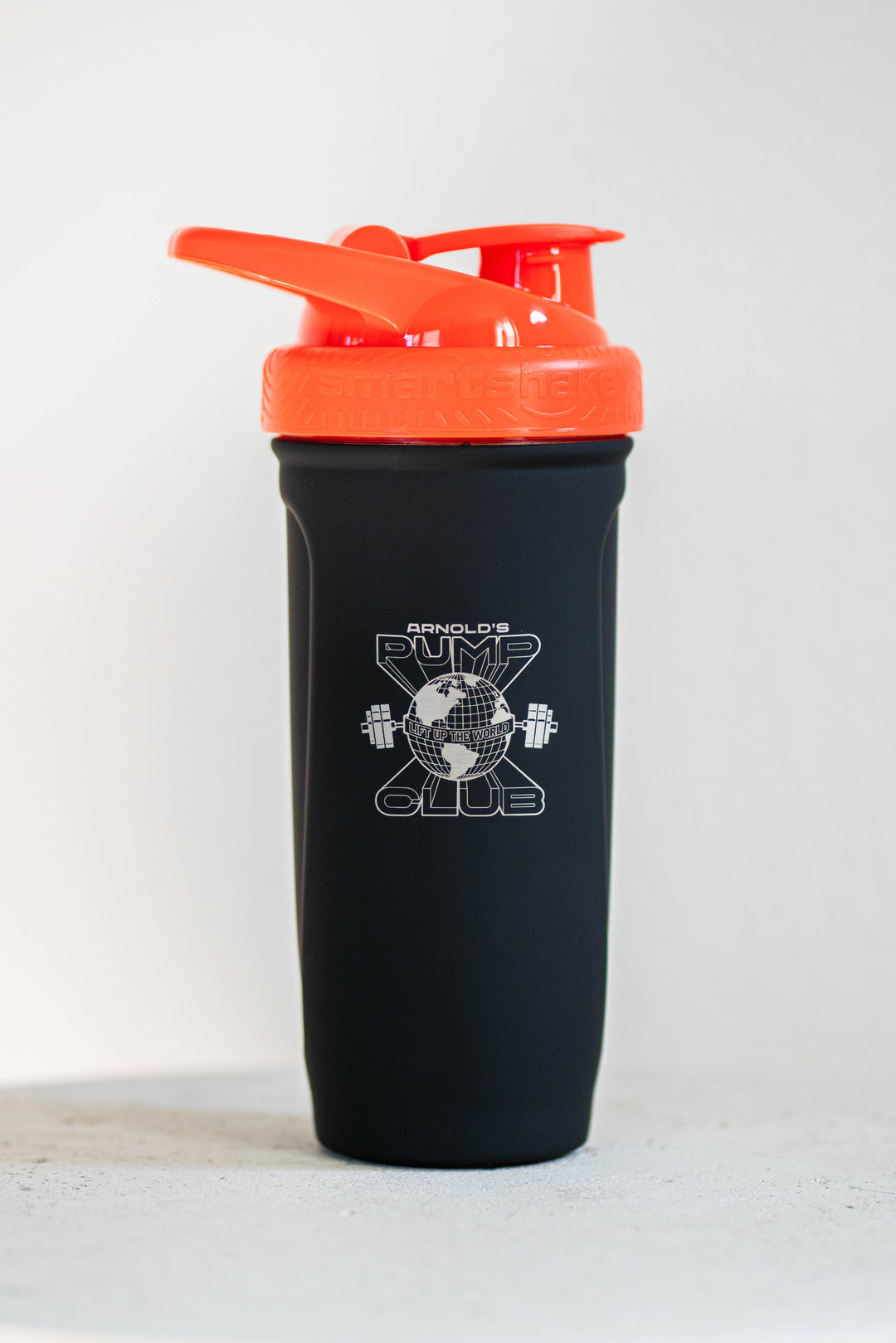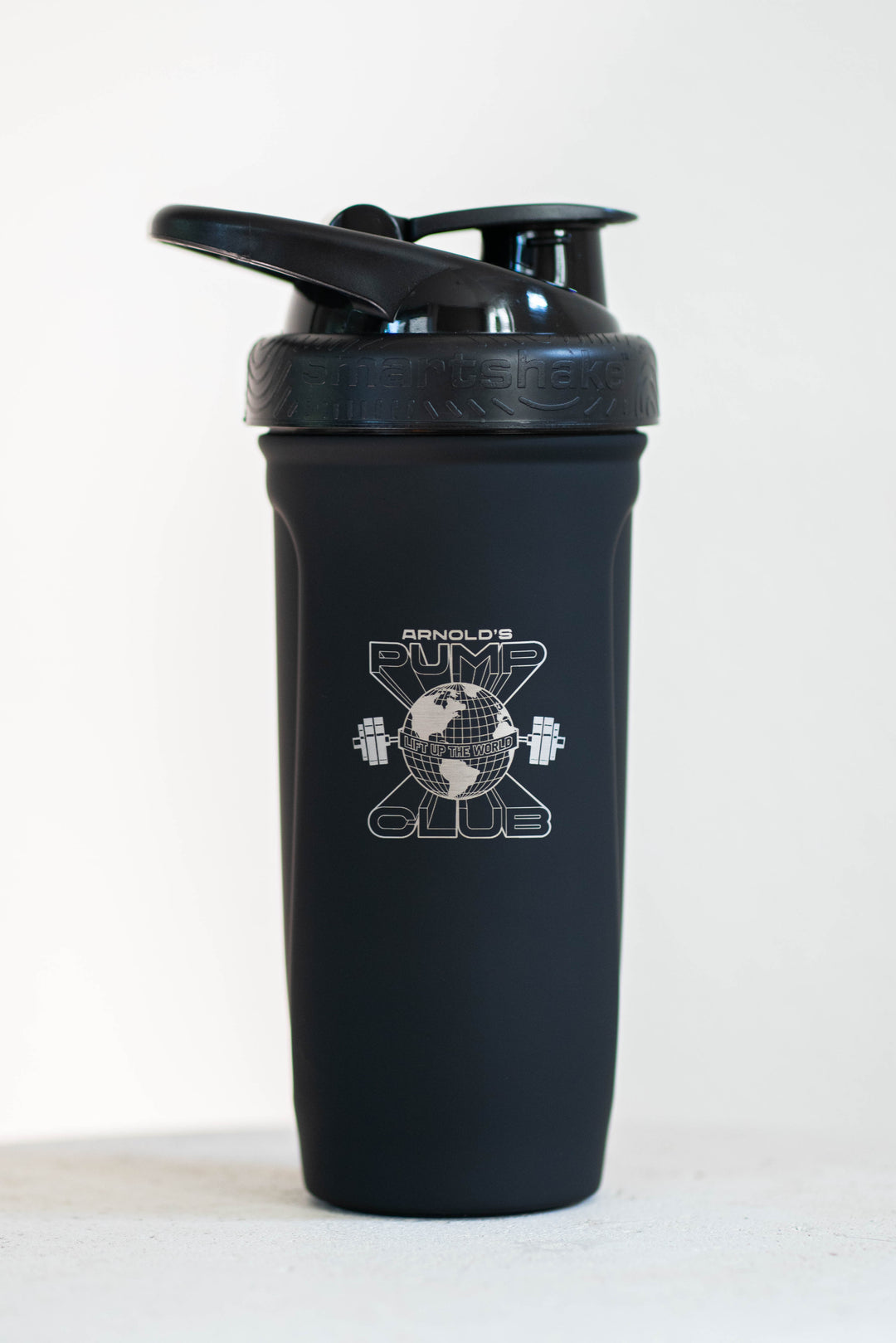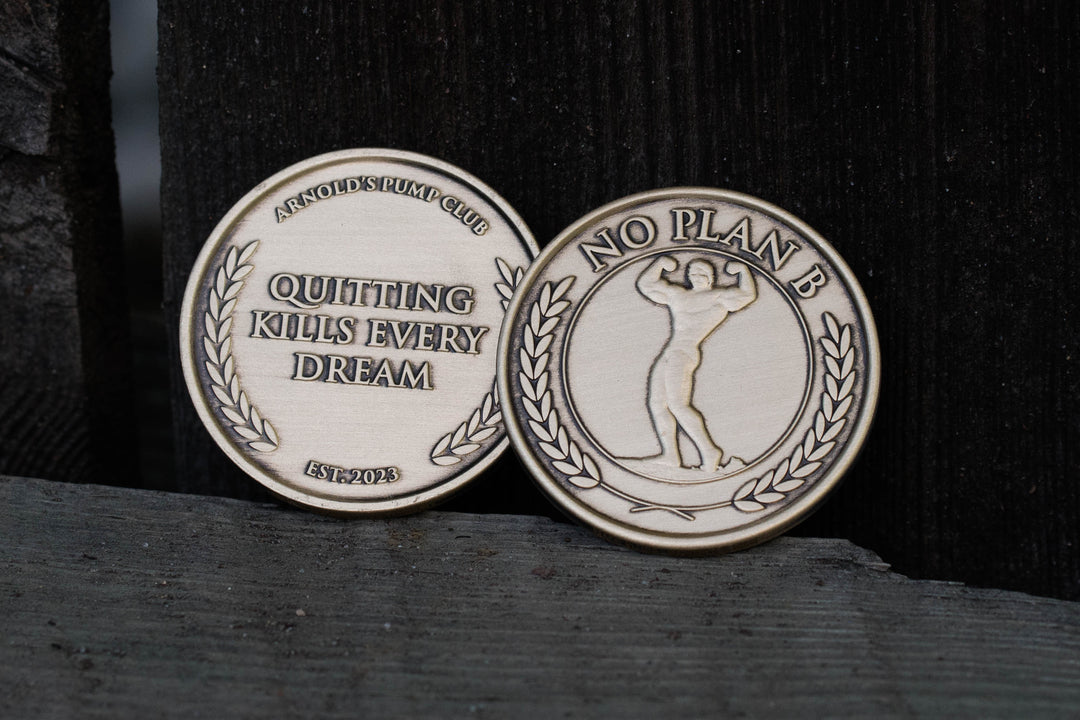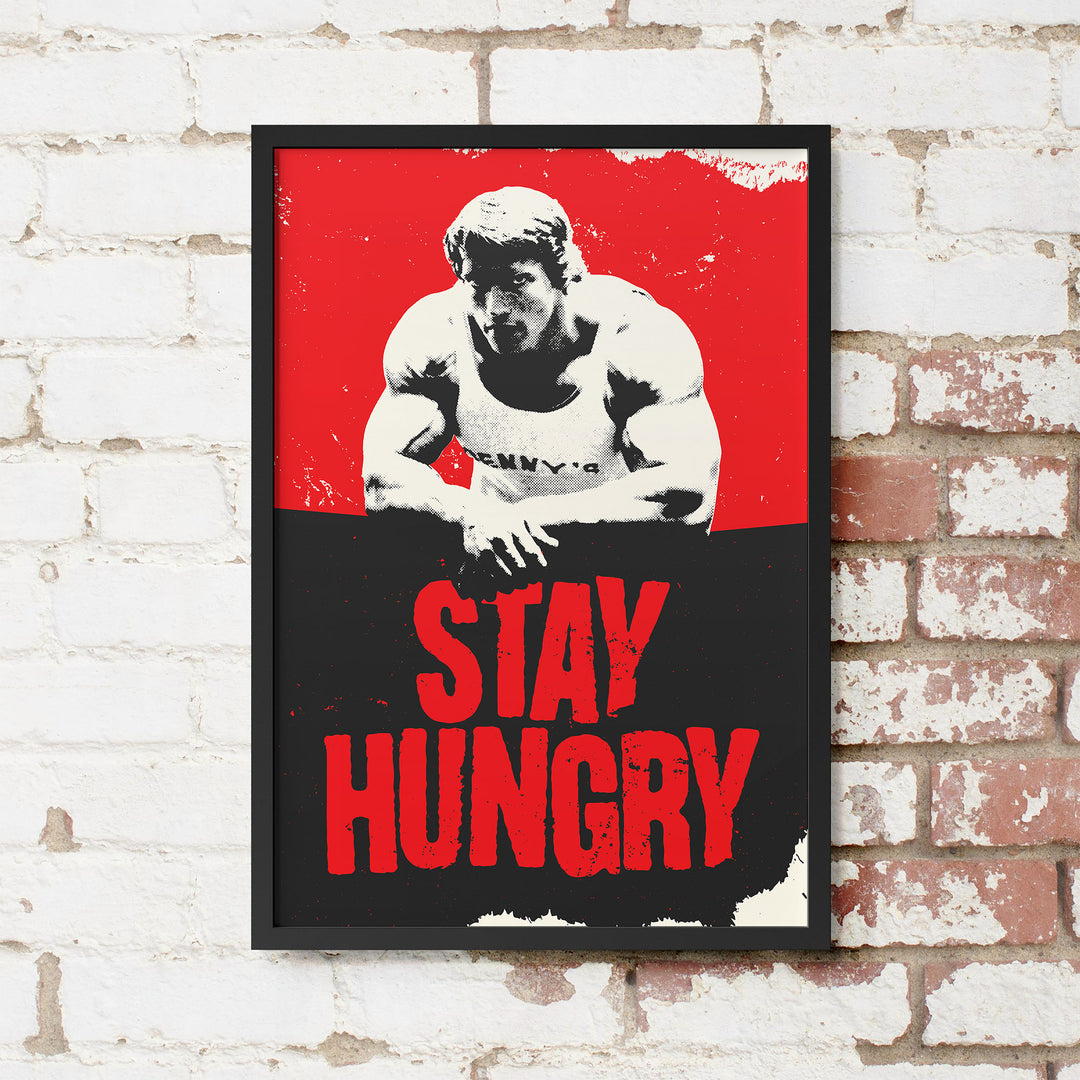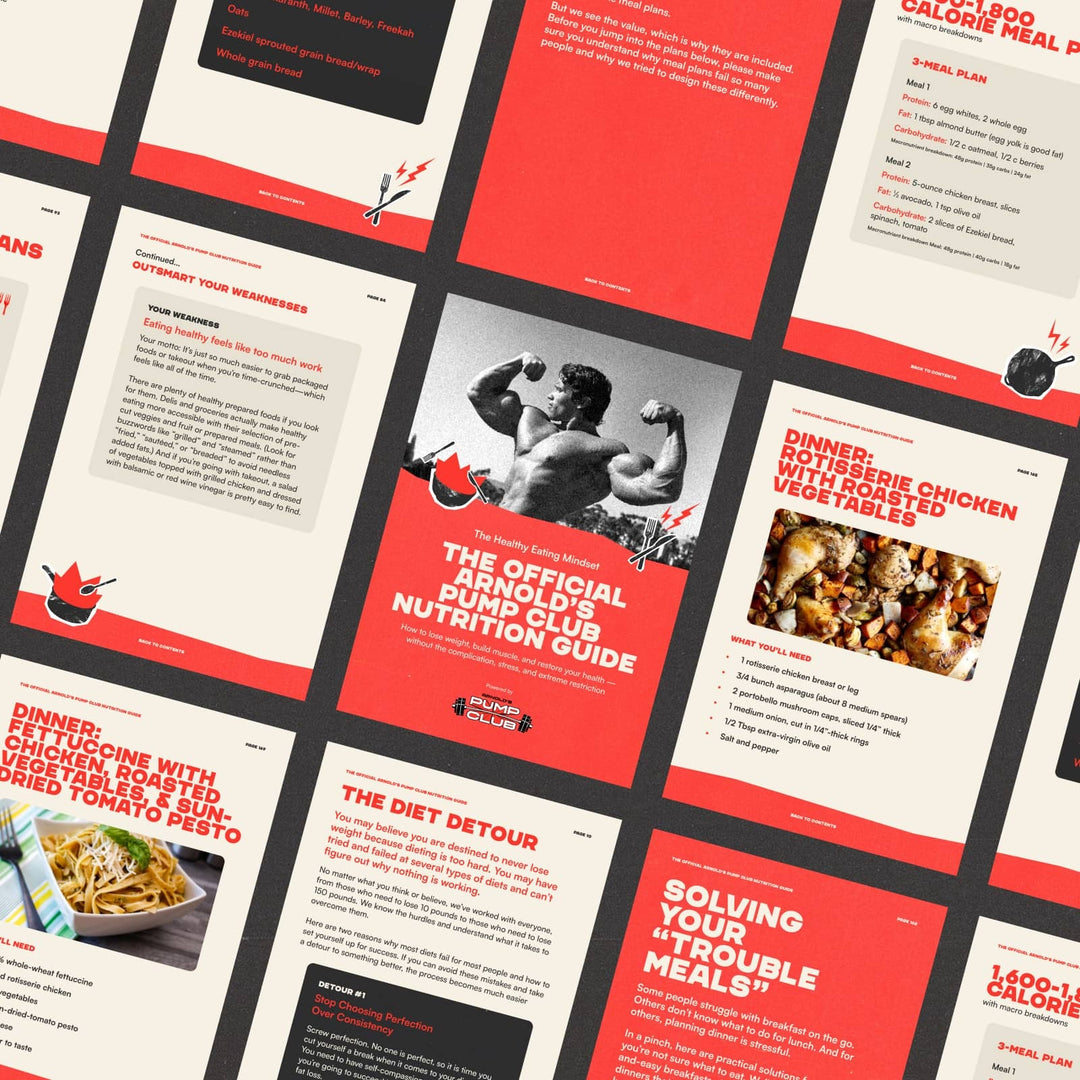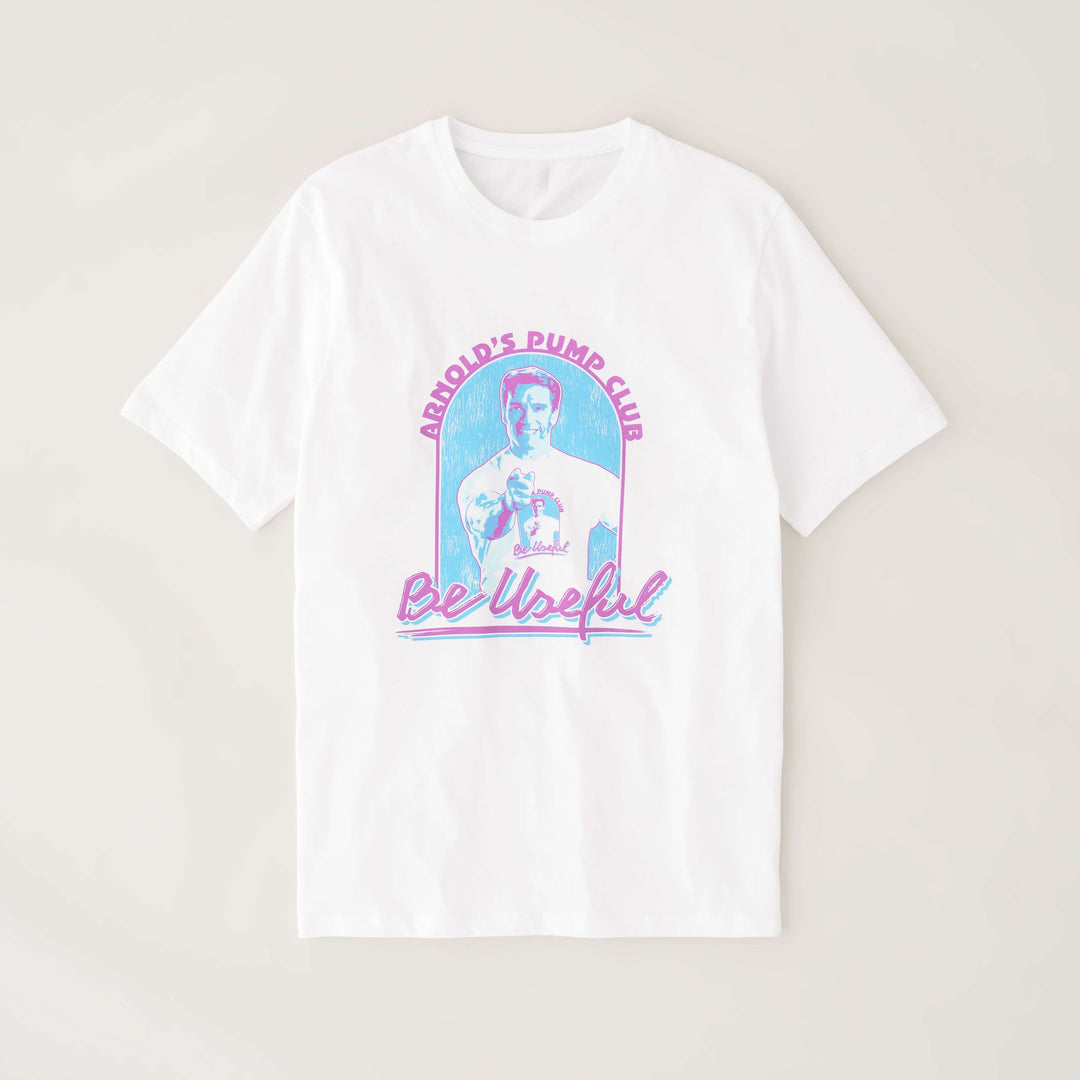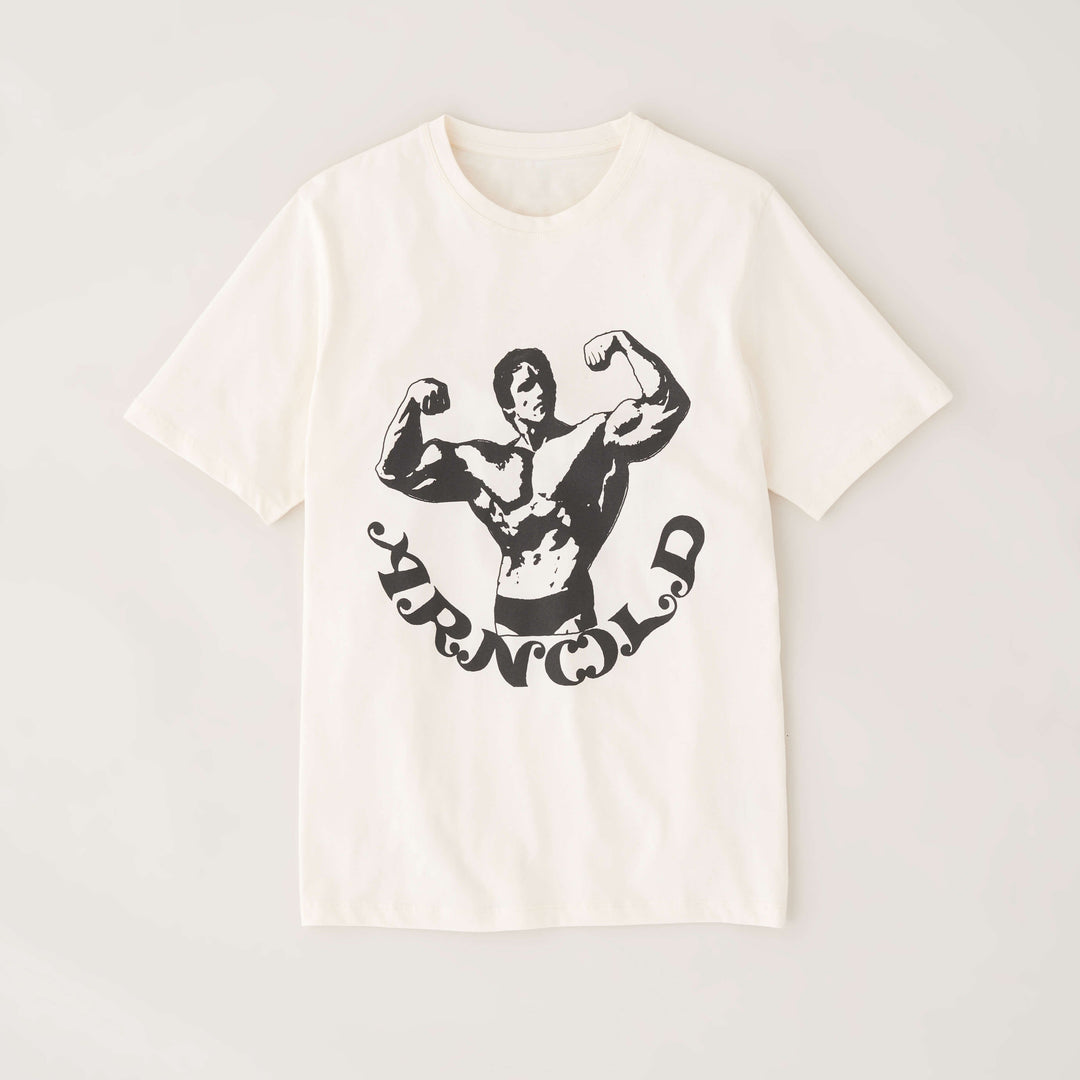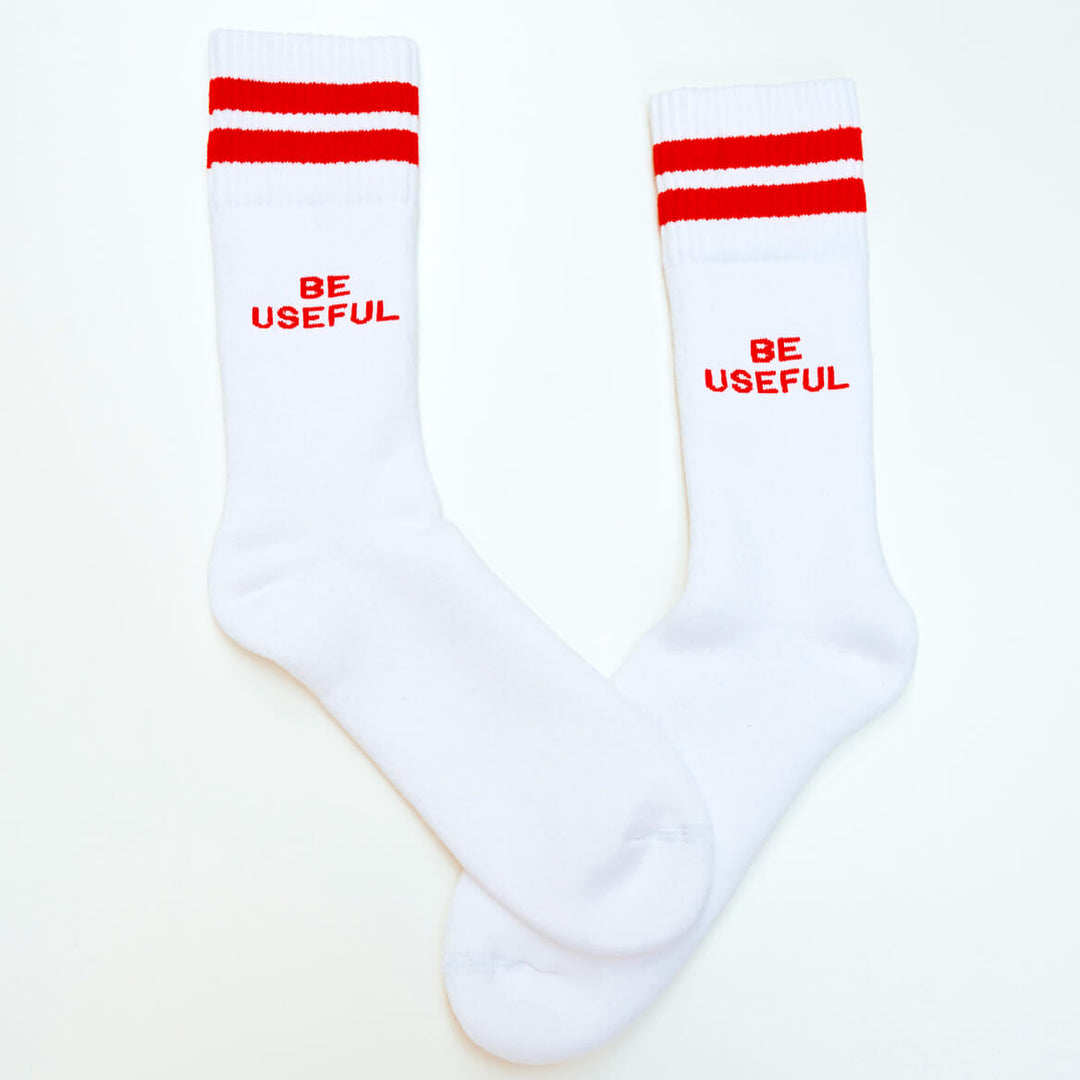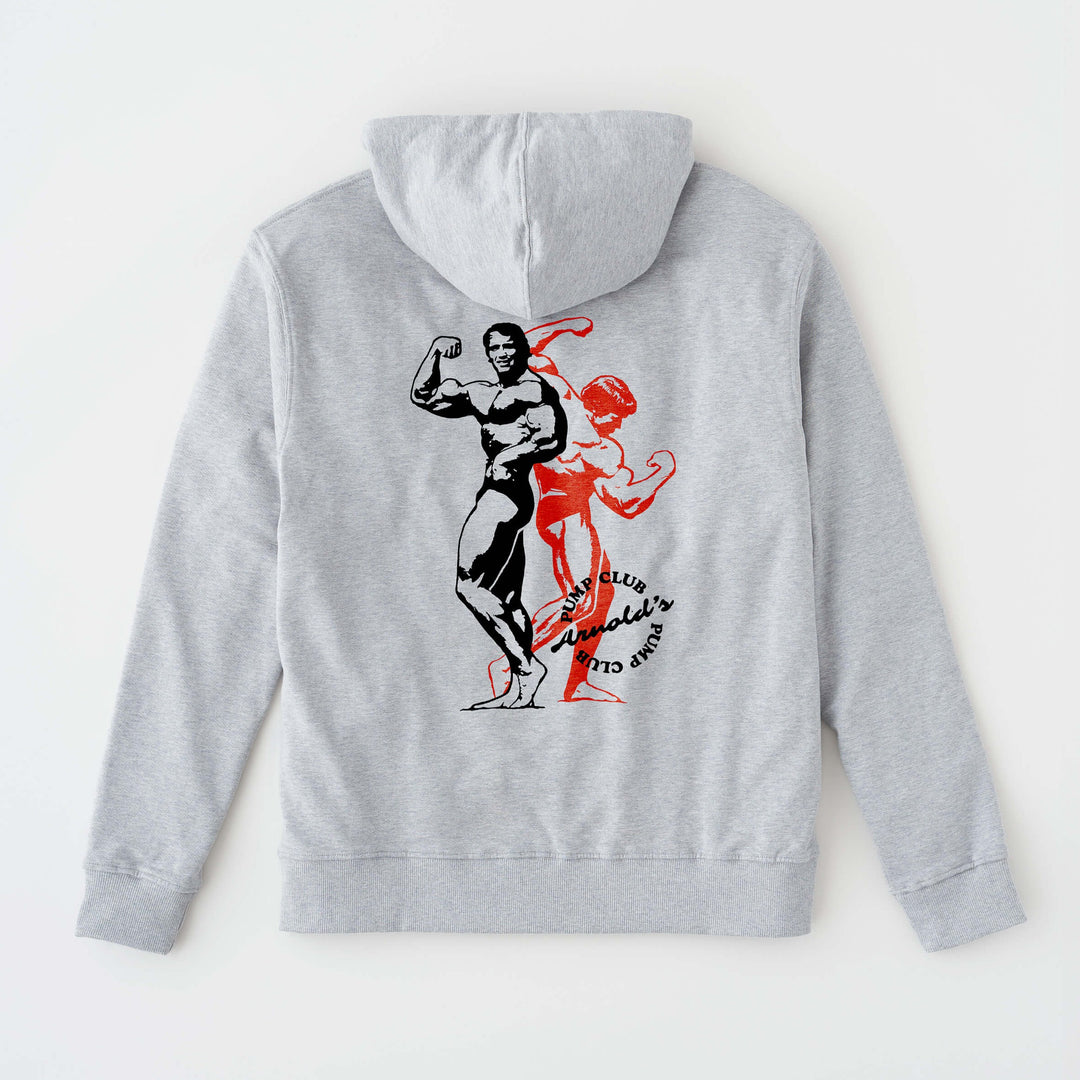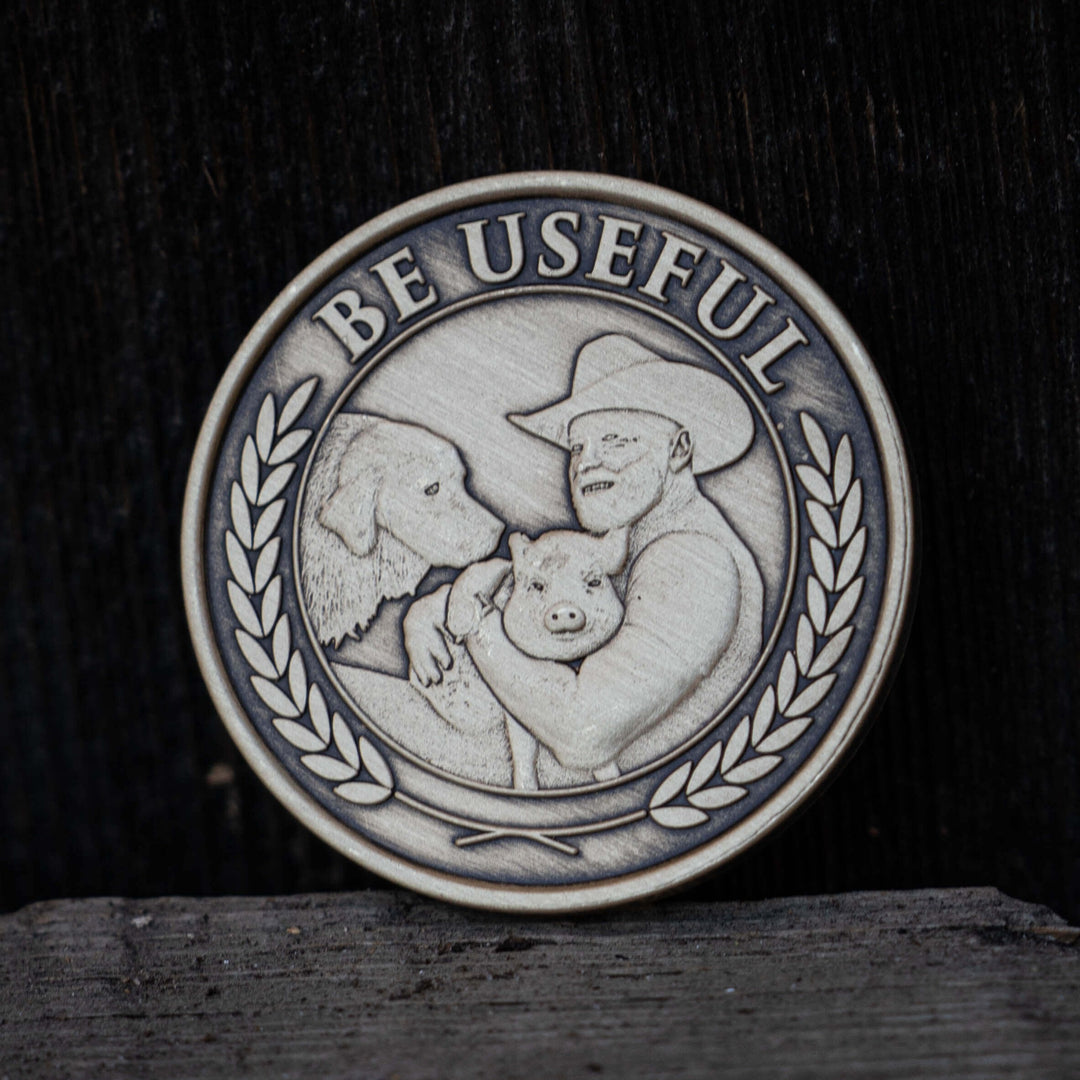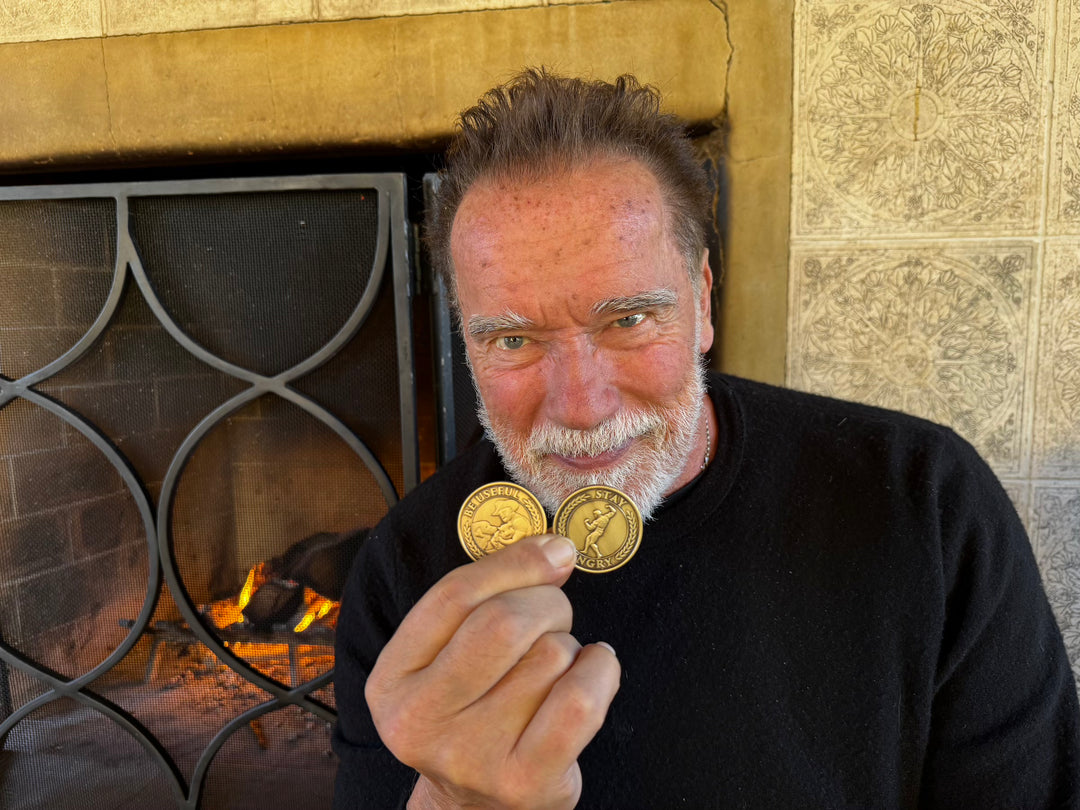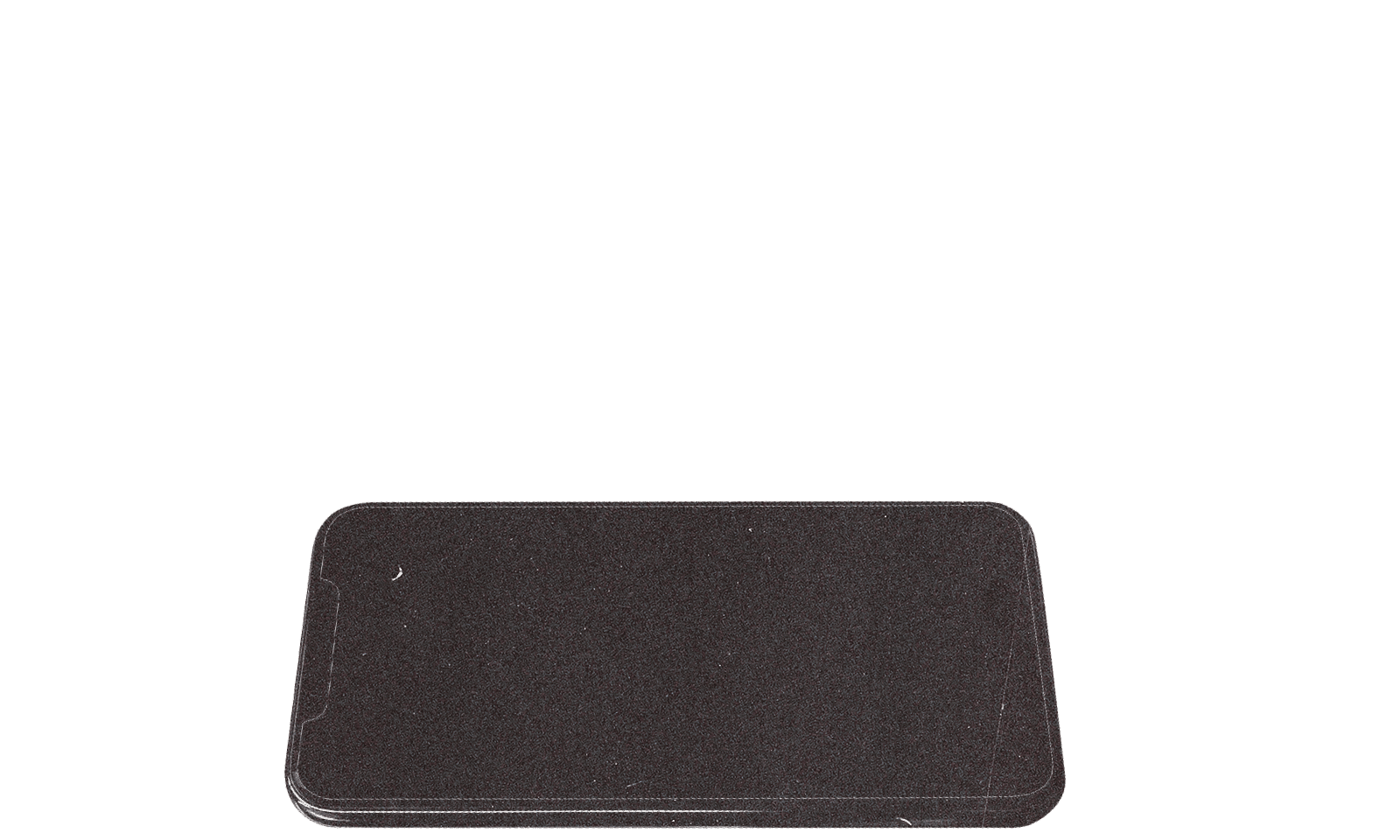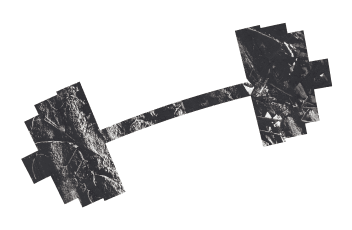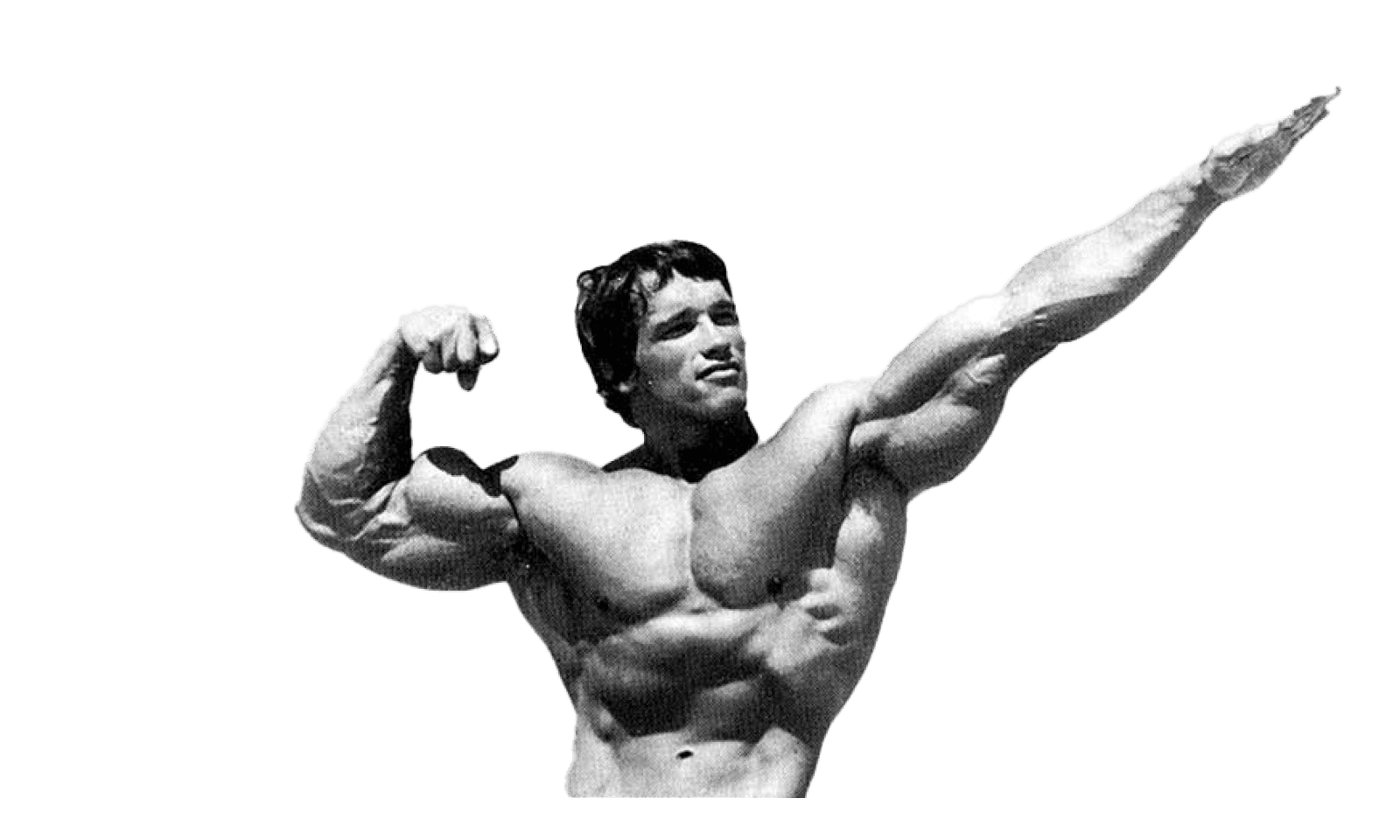Welcome to the positive corner of the internet. Every weekday, we help you make sense of the complex world of wellness by analyzing the headlines, simplifying the latest research, and providing quick tips designed to help you stay healthier in under 5 minutes. If you were forwarded this message, you can get the free daily email here.
Today’s Health Upgrade
Do you need an elimination diet?
How to reduce the risk of pregnancy complications
Maybe you don’t need to fix it
A Little Wiser (In Less Than 10 Minutes)
Arnold’s Pump Club Podcast is another daily dose of wisdom and positivity. You can subscribe on Apple, Spotify, or wherever you listen to podcasts.
Fact Or Fiction
Gut Issues? You Don’t Need To Eliminate Everything
Diets that remove foods can be an effective strategy for managing stomach problems. However, many are complicated, restrictive, and can be tough to follow long-term. But can a simplified, less restrictive version still work?
A recent study found that a modified low-FODMAP diet can reduce stomach discomfort —without the complexity of full restriction.
FODMAPs are a group of carbohydrates that can be poorly digested by the body and cause GI issues. But, they include a lot of commonly consumed foods.
To see if there was an easier way to reduce stomach issues, participants were divided into two groups: one following the traditional, highly restrictive low-FODMAP diet and another following a less restrictive version, eliminating only fructans and galacto-oligosaccharides.
Fructans are a type of carbohydrate found in various foods, including milk, yogurt, cheese, onions, garlic, wheat, asparagus, brussels sprouts, artichoke, bananas, apples, cashews, and almonds. Galacto-oligosaccharides are a type of prebiotic fiber, naturally found in foods like dairy products, legumes (beans, lentils, chickpeas), and some vegetables.
Both groups experienced significant reductions in symptoms, but the simplified approach still provided substantial relief—without the extreme dietary limitations. In fact, many participants in the simplified group reported greater ease in following the diet, which could make long-term adherence more feasible.
If you struggle with bloating, gas, or irregular digestion and have considered trying a low FODMAP approach, you might not need to go all-in right away. Instead of eliminating all FODMAP-containing foods, consider cutting back on the highest offenders, such as onions, garlic, wheat, and certain dairy products. This approach might make it easier to manage symptoms while keeping your meals satisfying and nutritionally balanced.
Health
How To Reduce The Risk of Pregnancy Complications
When it comes to pregnancy nutrition, it’s easy to get caught up in “superfoods” or miracle diets. But new research shows the most powerful tool for protecting your baby’s health isn’t a single food.
Eating a mix of foods from different groups during pregnancy significantly lowers the risk of complications like low birth weight and preterm birth.
Researchers reviewed 33 studies that examined the impact of maternal dietary diversity (the number of food groups women regularly consumed) on birth outcomes. Across thousands of pregnancies, women who ate from more food groups had healthier babies.
The strongest benefit? A diverse diet was associated with a lower risk of delivering a low birth weight baby, one of the leading predictors of health issues in infancy.
On average, higher dietary diversity was consistently linked with reduced odds of poor outcomes, including being born small for gestational age.
Different foods deliver different nutrients critical for fetal development — from protein and iron in meats and legumes, to folate in leafy greens, to calcium in dairy, and antioxidants in fruits and vegetables. Limiting your diet means risking gaps in essential nutrients that support your baby’s growth.
Now, there’s no way to guarantee the health of a baby, so it’s important not to confuse risk with certainty.
That said, the study serves as a good reminder that, instead of obsessing over one “perfect” pregnancy food, a balanced approach is likely your best bet. Include fruits, vegetables, grains, protein sources (meat, fish, beans, or lentils), and dairy or fortified alternatives. Think of it as a nutrition safety net — the more variety, the stronger the support for your baby’s development.
Adam’s Corner
Are You Listening?
Most mornings, I can tell before I crack open my computer what kind of day it is.
There’s a quiet meter that lives somewhere between my ribs and my jaw, and when it tilts toward “something is off,” I feel it: sleep that didn’t stick, a knee whispering, a fog behind the eyes that isn’t laziness so much as my body raising its hand.
For years, I didn’t ask what that hand was trying to say or how to react to it. Do I push through? Do I pull back? Am I lacking grit or am I being stubborn?
I told my mind and body what we were doing. And there was a flaw in my approach that I didn’t recognize until I was older.
I’m a fixer. If something looks off, I lean in harder. If progress stalls, I stack more — more sets, more rules, more willpower. It’s noble in theory, and, if I’m honest, a great way to avoid the vulnerable work of asking why I’m tired, why I’m hurting, why I’m drifting.
Fixing lets you stay in motion without making contact with yourself.
(I have many stories of times where my “fix it” ways caused troubles in my relationship. And, one moment in particular, stands out in my mind. It has to do with a table my wife spent months refinishing and how she needed help with epoxy to finish the job. I didn’t know what epoxy was because I might be the world’s least-handy man. But, as a fixer, I stepped in to “help,” and my assistance resulted in the table being unusable. The lesson’s coming; the table is just a mirror.)
Listening is slower than fixing. It’s less glamorous. When you fix, you get to be useful, right, and done. When you listen, you have to be with something unresolved.
Most of us fixers have good intent. We want to help the people who matter to us.
Not fixing means you have to tolerate the helplessness that comes with letting go of control. And on some level, listening rather than fixing means believing that someone else’s way—however different from yours—might be the way.
I often see this problem in relationships. One half of a couple is struggling, sad, and depressed.
The other half wants to help. So they come up with ideas, make suggestions, and — coming from a good place — do everything to “fix” the situation.
However, those attempts often lead to anger, frustration, and even bewilderment due to the earnest efforts to help.
I get it because I’ve been there. Always trying to fix the problem meant I didn’t realize what my wife needed all along. Sometimes when people complain, it’s not because they want a solution. They want to be heard, validated, and understood. They aren’t necessarily saying, “I can’t do this,” but rather, “Do you hear me?”
The shift for me started as a small question that felt almost too simple: “Do you want me to listen, or do you want help solving this?”
Sometimes, my wife wants a brainstorm. Often, she wants a witness. Either way, asking honors her agency. It tells her, “I trust you to know what you need.”
It turns my urge to take over into an invitation to stand beside.
If you’re wondering what this has to do with your health, I promise the payoff is coming.
When I stopped assuming and started asking, our house changed. Fewer interventions, more conversations. Fewer arguments about the logistics of a problem, more alignment about the meaning of it. Support became something I gave on her terms, not mine.
And—by shifting the approach—she was given support and confidence to arrive at her own solutions, which oftentimes will be better than mine because they are hers. They fit her life, her nervous system, her timing.
If this sounds like a relationship lesson, it is. But it’s also a health lesson about listening and how we ignore the signals. Because we do the same thing to ourselves.
Too often, you try to fix the problems in your own life without stopping to listen to what’s really wrong.
You feel off—tired, aimless, heavier in body or heart—and the fixer shows up. There are two popular plans.
Option A: Do nothing and slide deeper into the fog, waiting for motivation to arrive like a late bus. Apathy is a beast you don’t want to wrestle. And when you do, the excuses and barriers mount like an army that feels like it can't be defeated. By the time you’re done, you’re convinced that you’re done, and the hurdles, obstacles, and barriers are too much to overcome. It’s a form of learned helplessness that turns perfectly capable people into shells of themselves for healthy living.
Option B: White-knuckle your way forward. Double the workouts, cut the calories, stack the supplements, police every thought. This doesn’t work either, only it’s now the opposite — you’re doing everything but not seeing the changes, and burnout, frustration, and stress are inevitable.
Either apathy or overdrive. Either way, we skip the step that makes change sustainable.
We don’t listen.
When I say listen, I don’t mean obey the first impulse. If you’ve trained your instincts to chase comfort, “listening” can sound a lot like “lying to yourself.”
I mean, you must listen in the same way a good coach listens:
Asking clear questions.
Sitting with the answer long enough to separate the signal from the noise.
Validating what’s true.
Then, moving and taking action (while applying the patience and consistency of painting the Sistine Chapel).
Here's how to put it into practice:
The next time you’re about to grind through a workout your body is dreading, take a pause and ask yourself, “What do I need right now?” Not “What would impress me?” and not, “What would Instagram applaud?”
It’s much simpler and deeper: What do I need?
The answer might be to train, but not at the intensity you planned. Maybe it’s twenty minutes and a walk, not ninety and a PR attempt. Maybe it’s food, because the hunger you’ve been ignoring is the body’s way of asking for fuel, not discipline. And the meal could unlock your best day ever. Or maybe it’s sleep, because the best recovery plan isn’t a product—it’s a pillow.
Listening doesn’t mean lowering your standards. It means aiming your effort where it has leverage.
I’ve watched people—strong, smart, relentless—declare war on problems that didn’t make a big difference while ignoring the quiet signals that did. The runner with knee pain who keeps buying new shoes but never backs off on volume. The lifter who adds two more sets when what they need is two more hours of sleep. The dieter who tightens the rules until the rules break them.
We love action because it feels like progress. But sometimes action is just noise with better branding.
Listening gives you a map.
If you want to go from fixing to solving, remember the “SPS” framework:
Support
Protect
Stretch
Support means lean into the basics: eat enough protein, drink water, go for a walk, connect with friends, give yourself time to recharge, and breathe slower than you think you need to. Do the small, repeatable things that make everything else easier.
Protect means setting boundaries: reduce load, take a rest day, see a professional, say no. Pain isn’t always a dare; often it’s data.
Stretch means growth: you’re not broken, you’re scared or anxious, or fighting self-sabotage, or in uncharted territory that causes discomfort. No one likes discomfort, but we all need it. And that means embracing it, acknowledging it, and not avoiding it. Make the call, show up, try the first set, hit “publish.” Choose discomfort that builds capacity, not punishment that empties the tank.
This is how you grow beyond who you are and step into whoever you want to become.
When I think back to the table incident with my wife, she didn’t need a hero; she needed a partner. I didn’t need another plan; I needed to hear the part of me that said, “Epoxy? What the hell is epoxy? I don’t know what I’m doing, and maybe I’m the wrong person to help? Actually, I’m definitely the wrong person to help!”
Once I listened, the next steps were obvious.
There’s a power that comes with realizing it’s better to slow down and diagnose what’s really needed rather than settle for the instant fix.
The health world will sell you a thousand fixes. Some are good, but far too many are manipulative garbage that are at best a quick, short-term solution and — at worst — a gateway to an endless spiral where you invest in changes that break you rather than improve you. (This is why we created The Pump Club App — it’s all about your improvement, not what sounds good in an ad.)
But here’s the truth: None of them matter if you don’t have the skill of listening. That’s the unlock—self-awareness that leads to the right kind of action, at the right dose, for the season you’re in.
Before you tack on more, or give up entirely, try this: ask one honest question, wait for one honest answer, and take one honest step.
If you listened a little longer today—to your body, your mind, your life—what would you finally hear?
And if you trusted that answer, what’s the next, smallest step you’d take? Find the answer, and then you’re no longer “fixing.” Now, you’re finally working on a real solution. -AB
Better Today
Take any of these tips from today’s email and put them into action:
-
How A Modified Low-FODMAP Diet Can Support Better Digestion
Instead of eliminating all FODMAP foods, focus on cutting back on the highest offenders like onions, garlic, wheat, and certain dairy products to reduce bloating and gas while maintaining nutritional balance and long-term adherence.
-
Why Dietary Diversity During Pregnancy Reduces Birth Complications
Eating a variety of foods from different food groups during pregnancy significantly lowers the risk of low birth weight and preterm birth by providing essential nutrients like protein, iron, folate, calcium, and antioxidants that support fetal development.
-
Support, Protect, Stretch for Sustainable Health Changes
Before adding more workouts or restrictions, listen to your body's signals and apply the SPS framework—support with basics like protein and sleep, protect by setting boundaries and rest days, and stretch by embracing productive discomfort that builds capacity rather than punishment.
—
Publisher: Arnold Schwarzenegger
Editors-in-chief: Adam Bornstein and Daniel Ketchell







